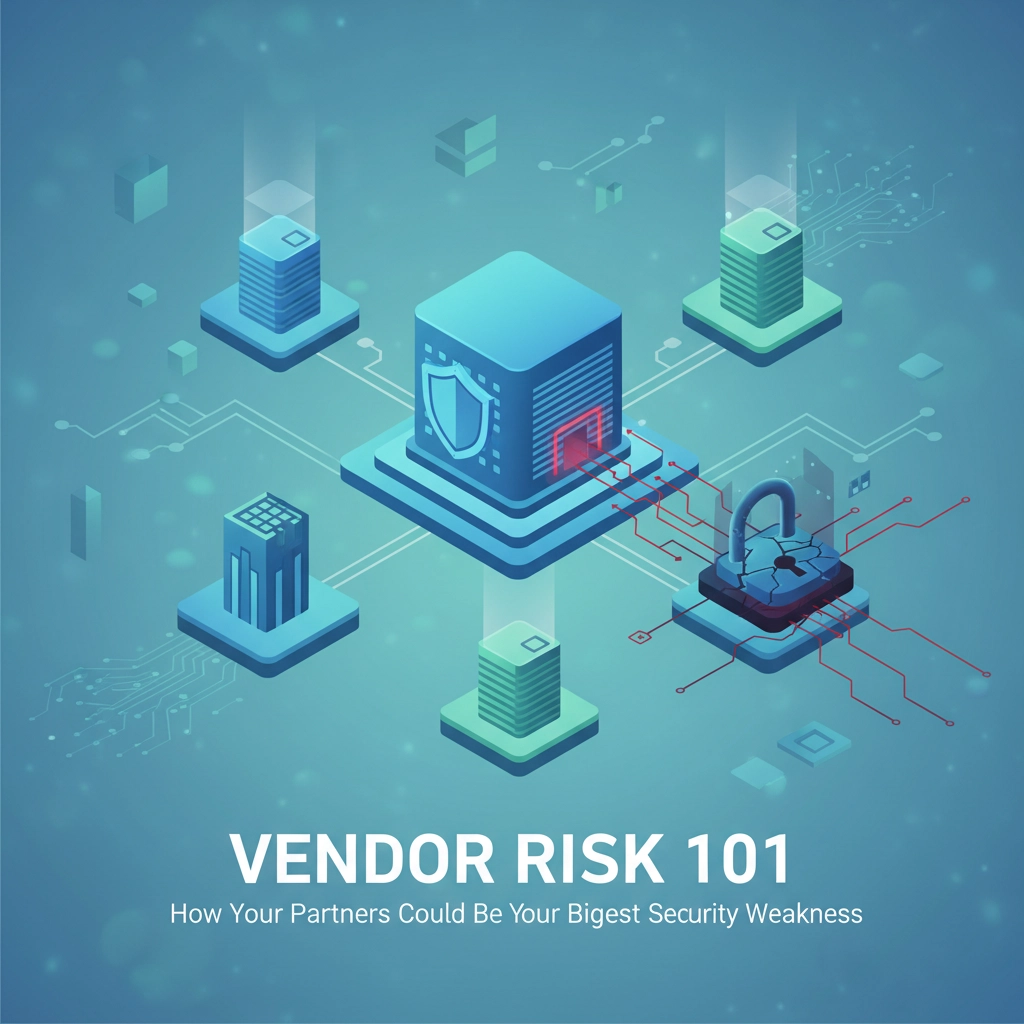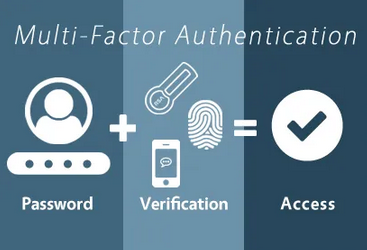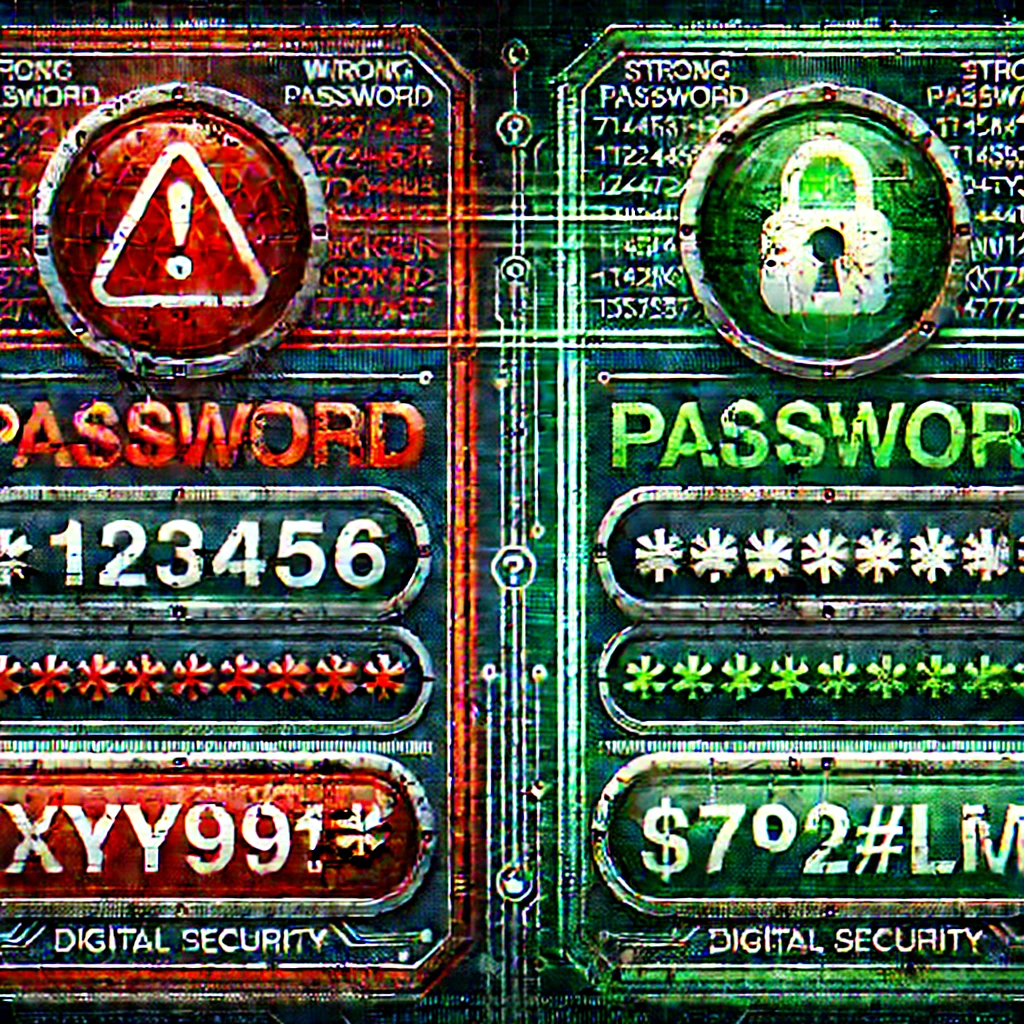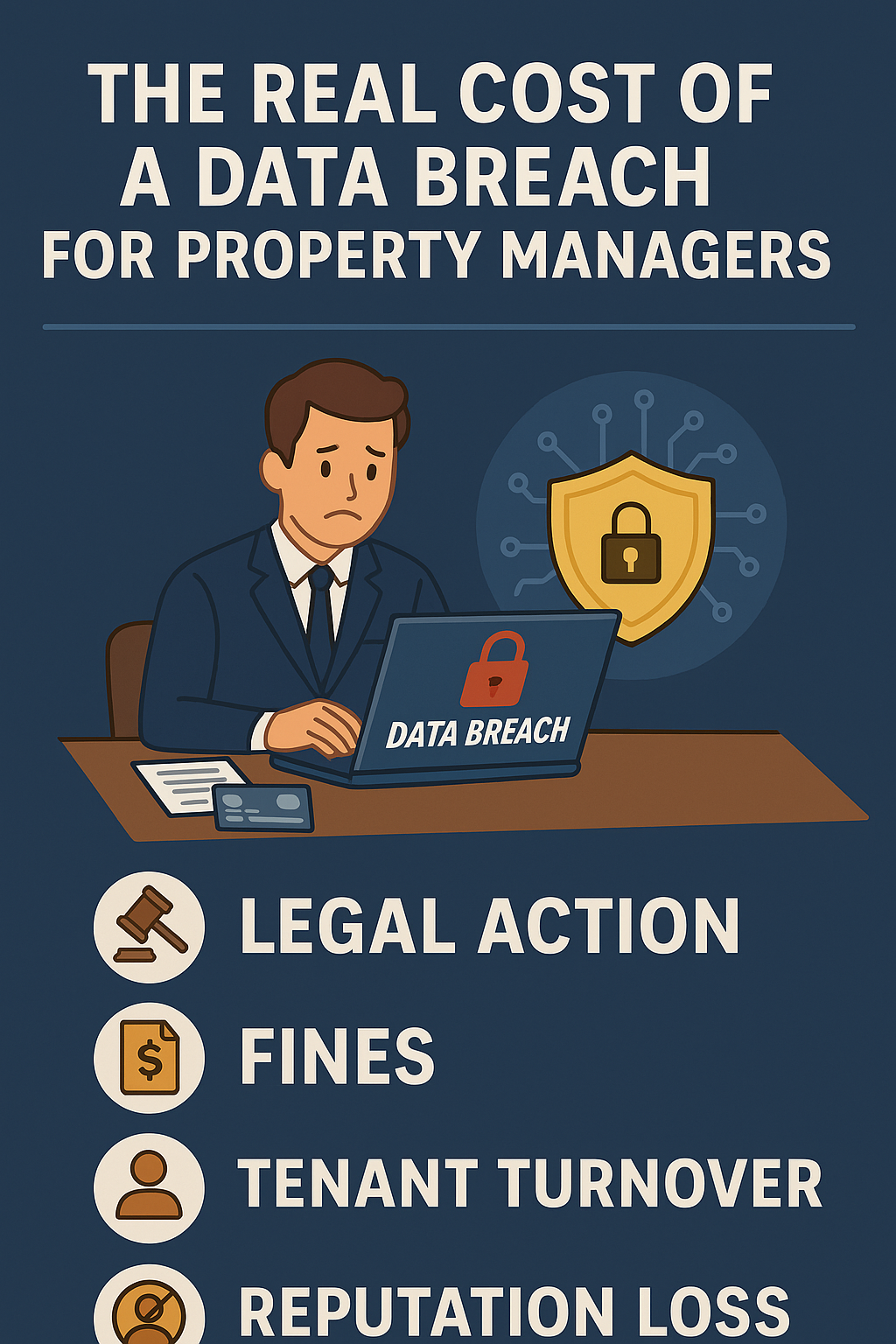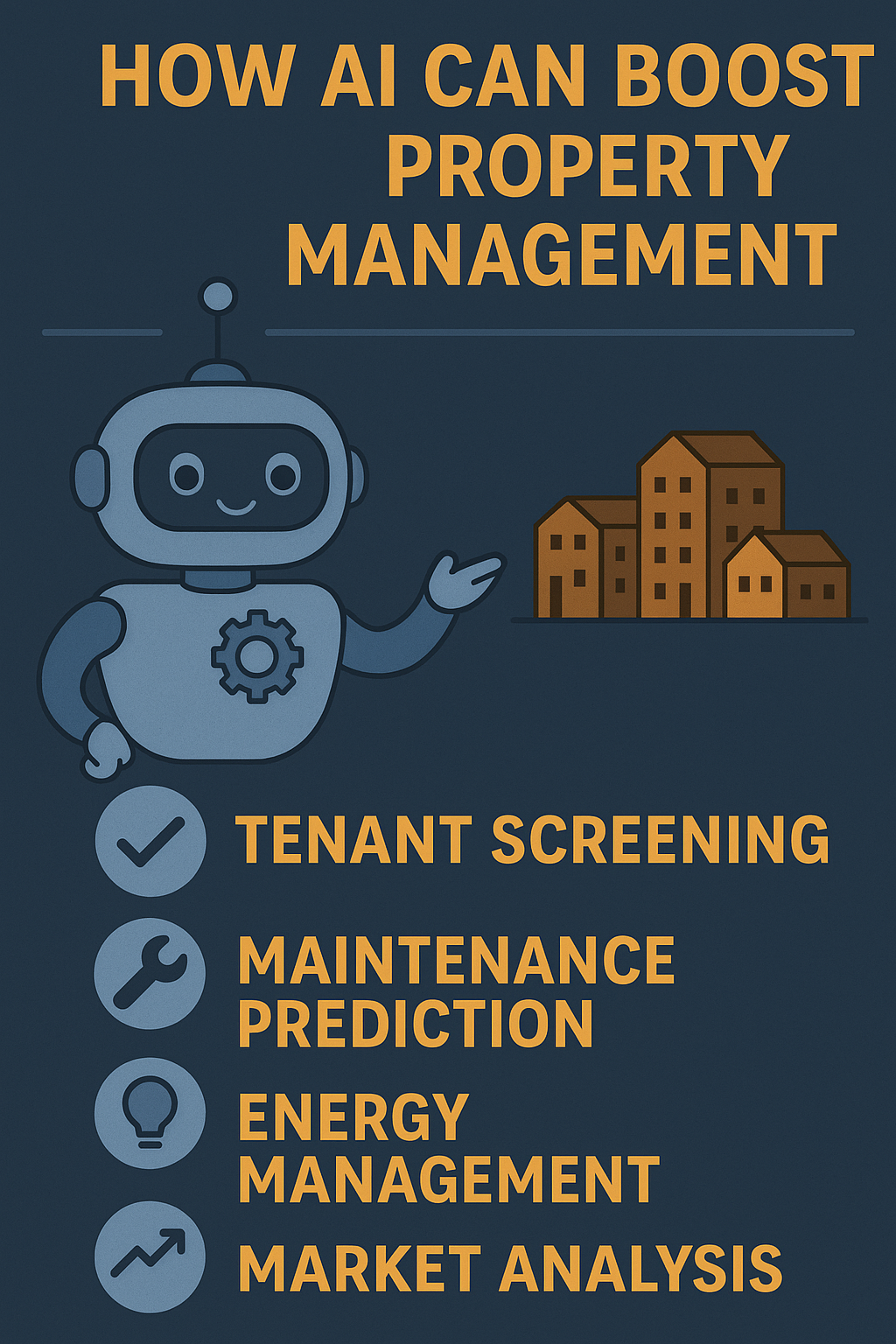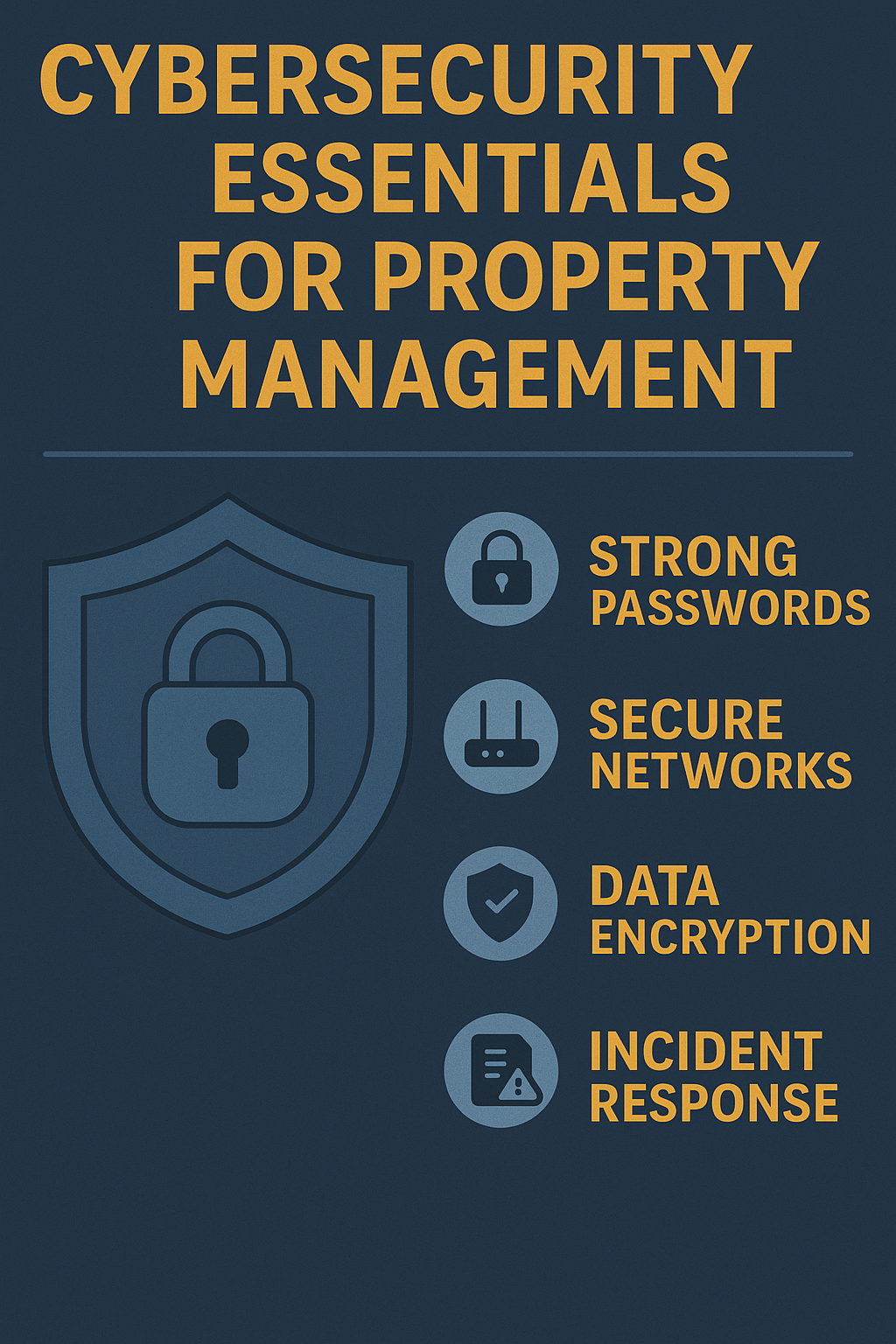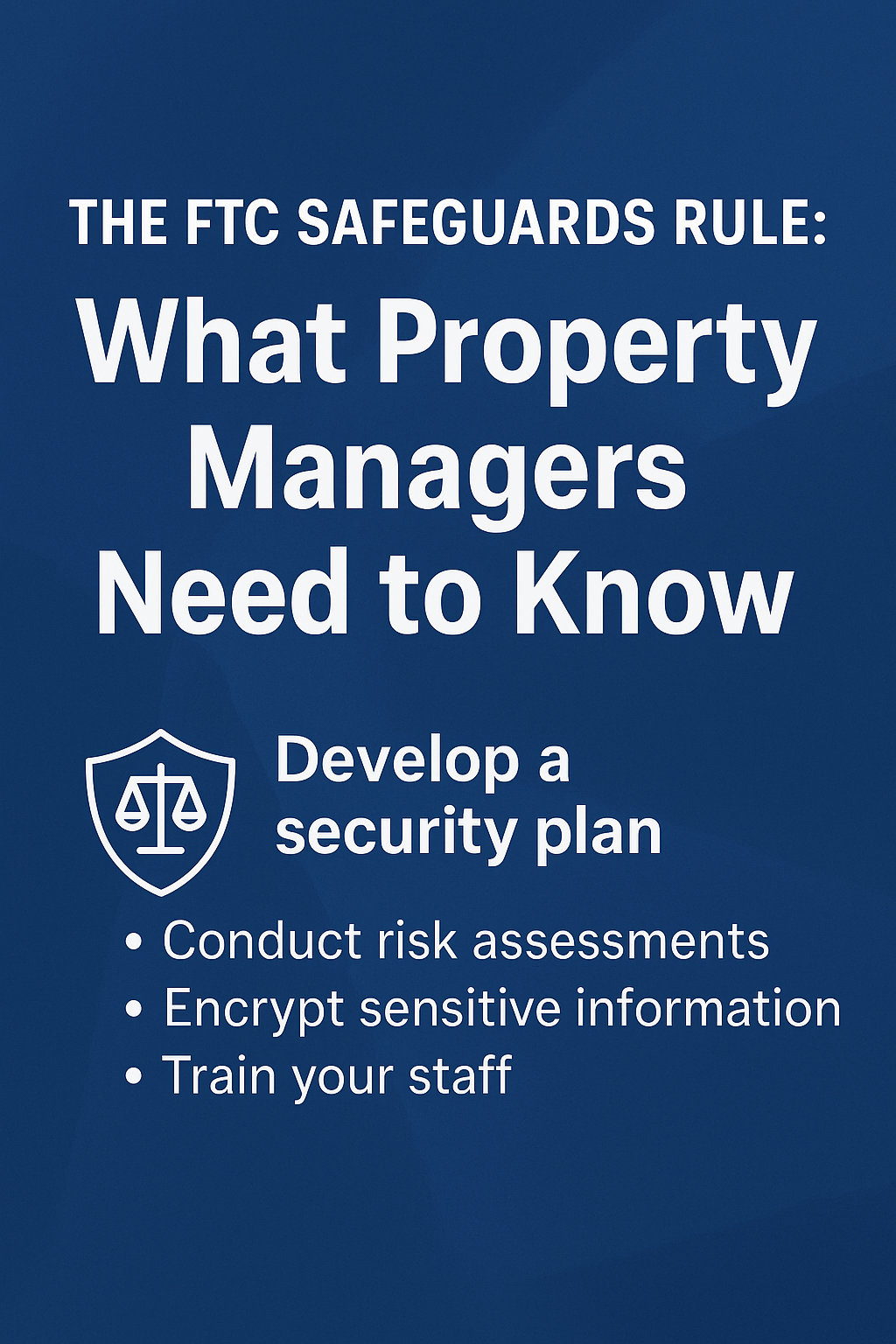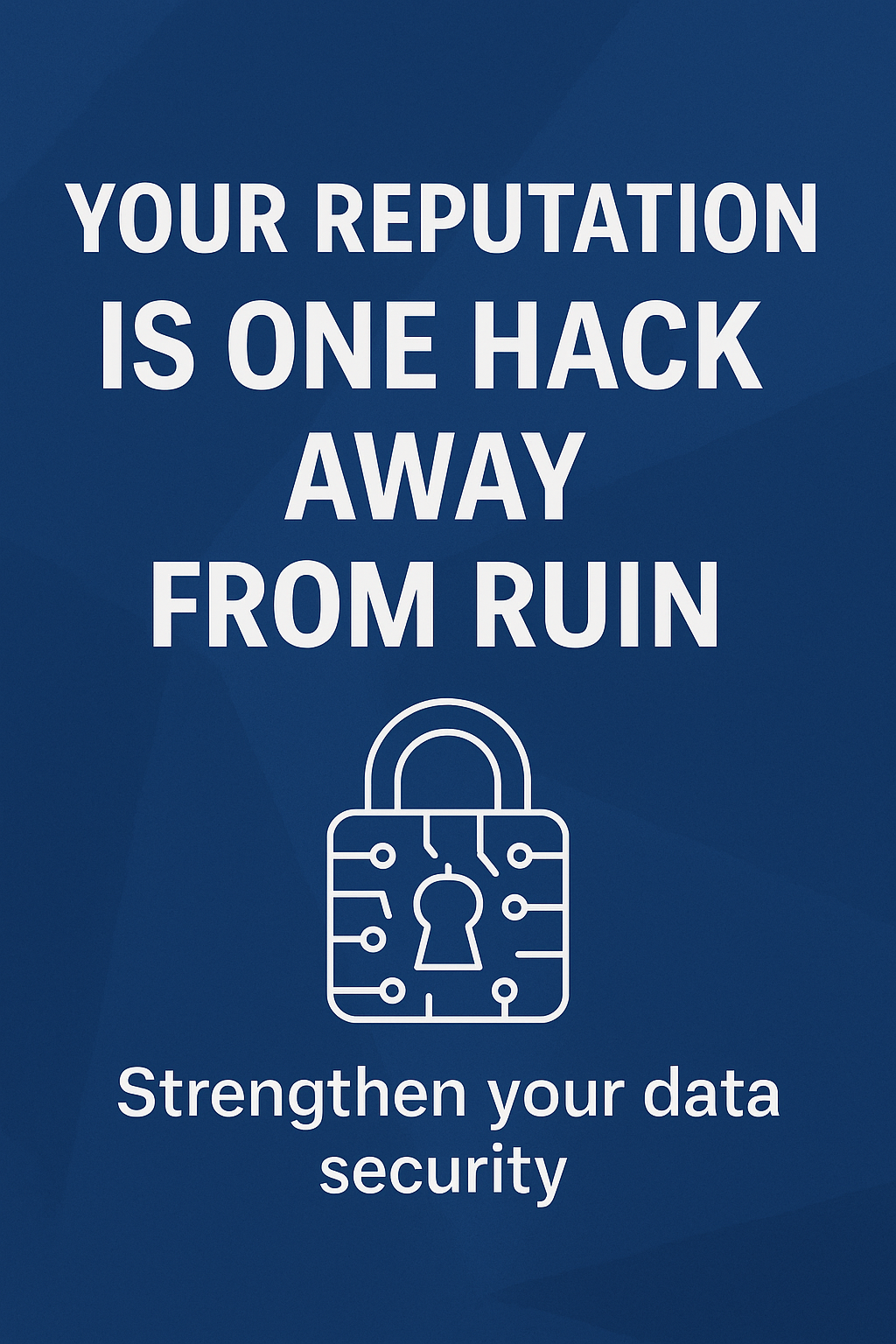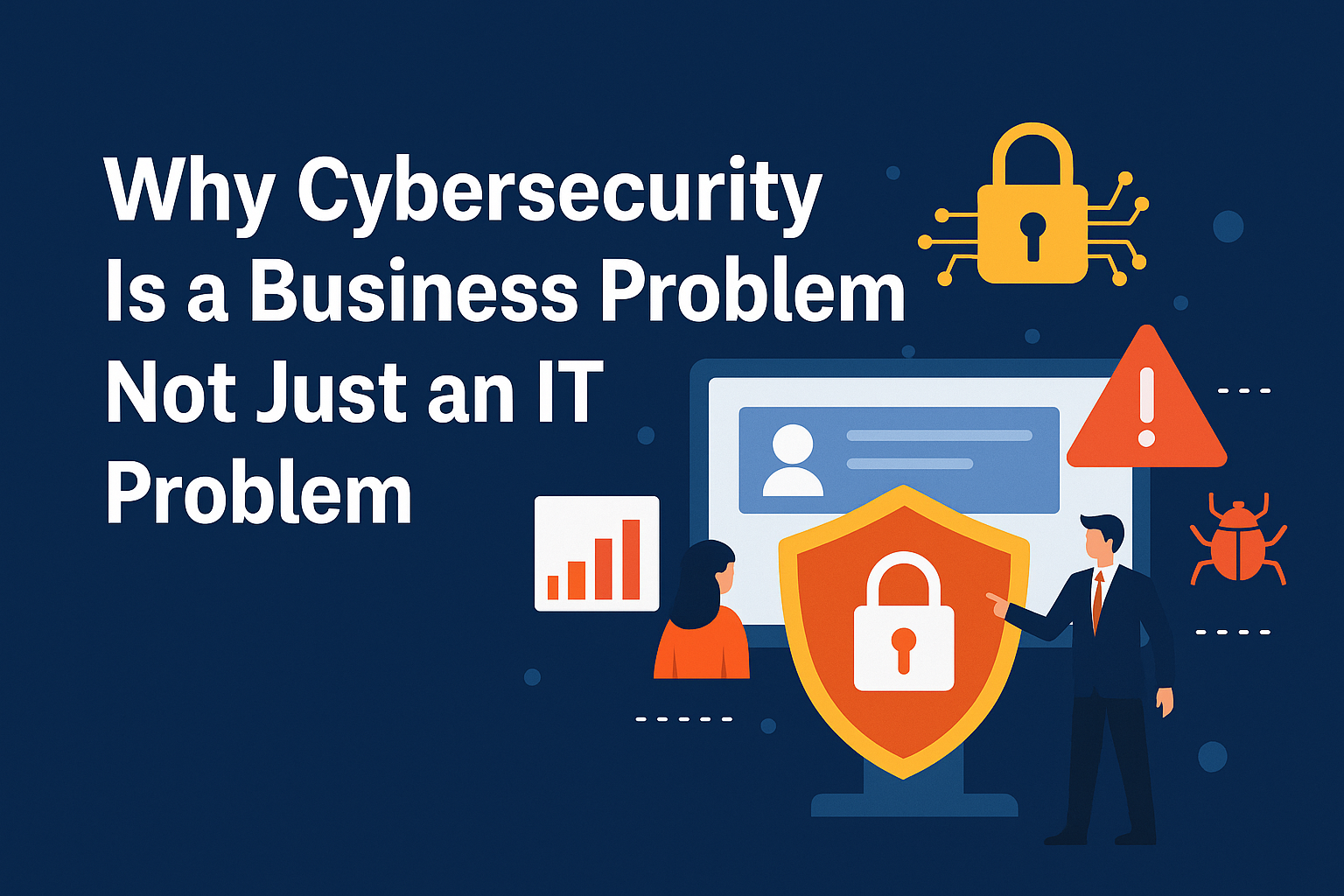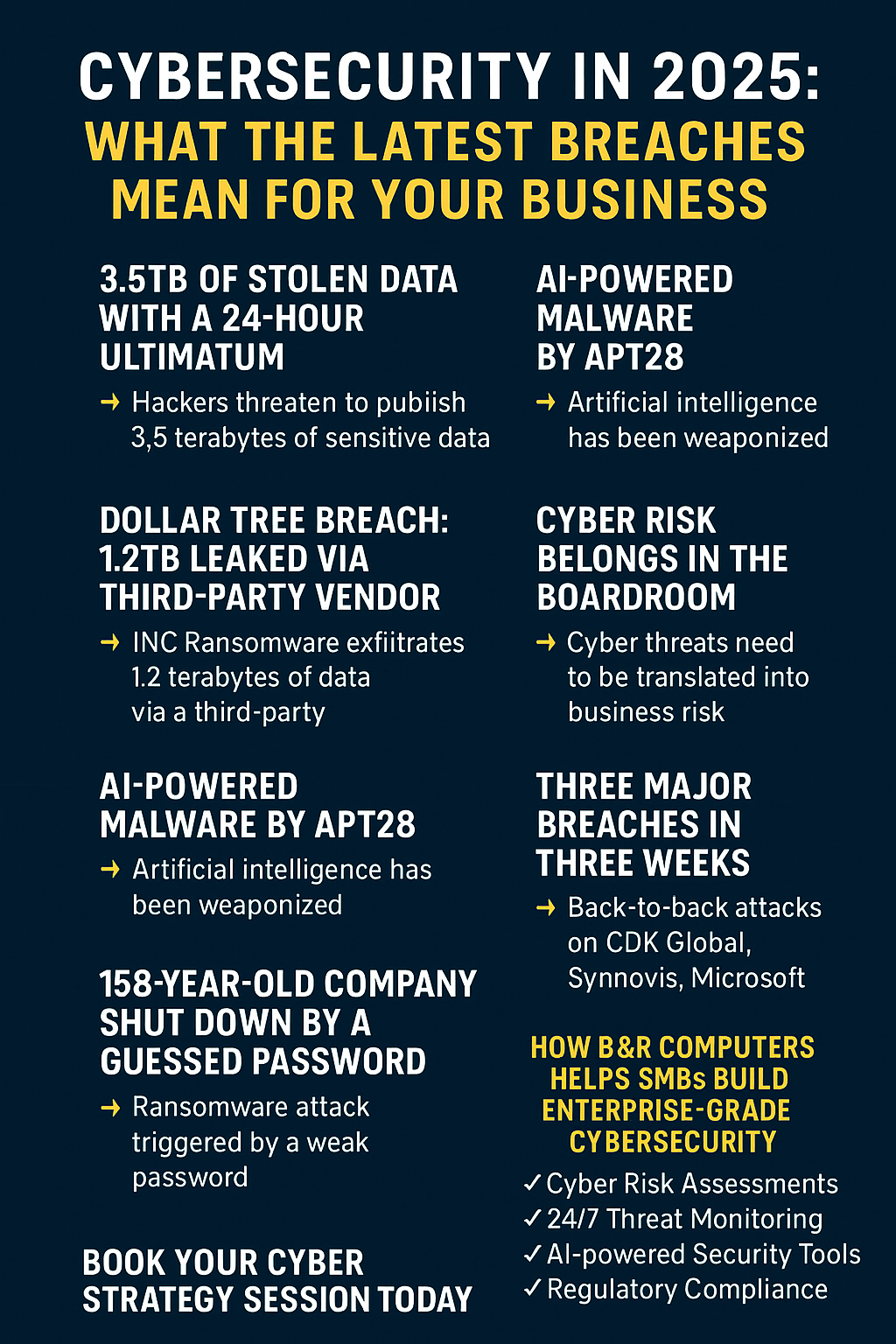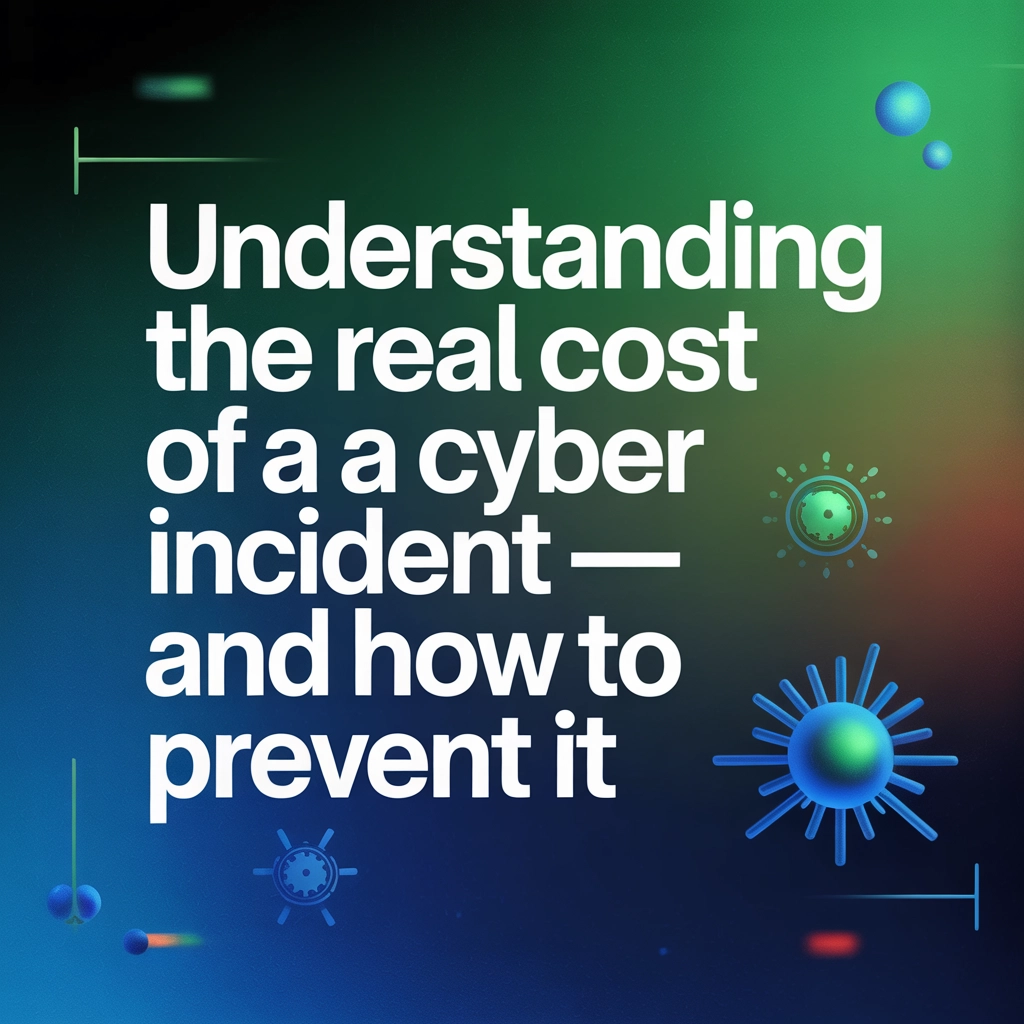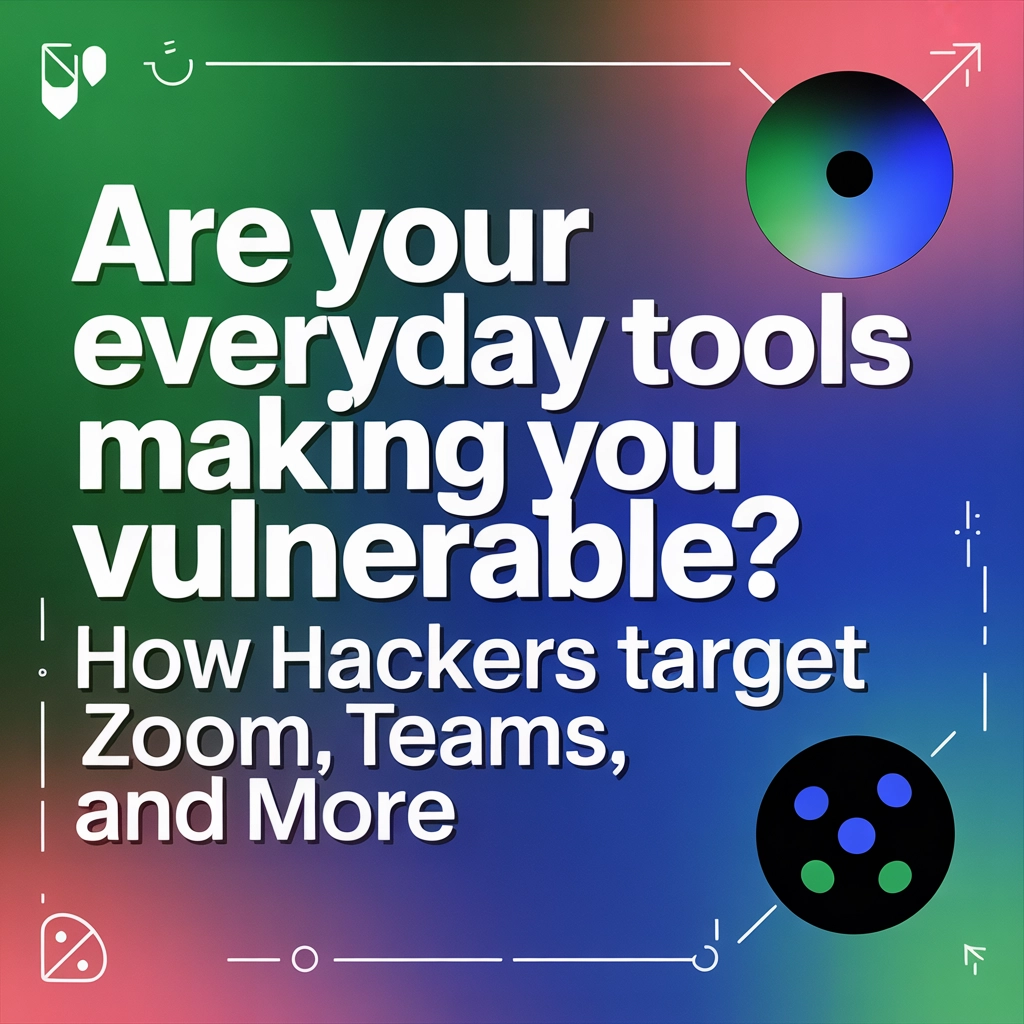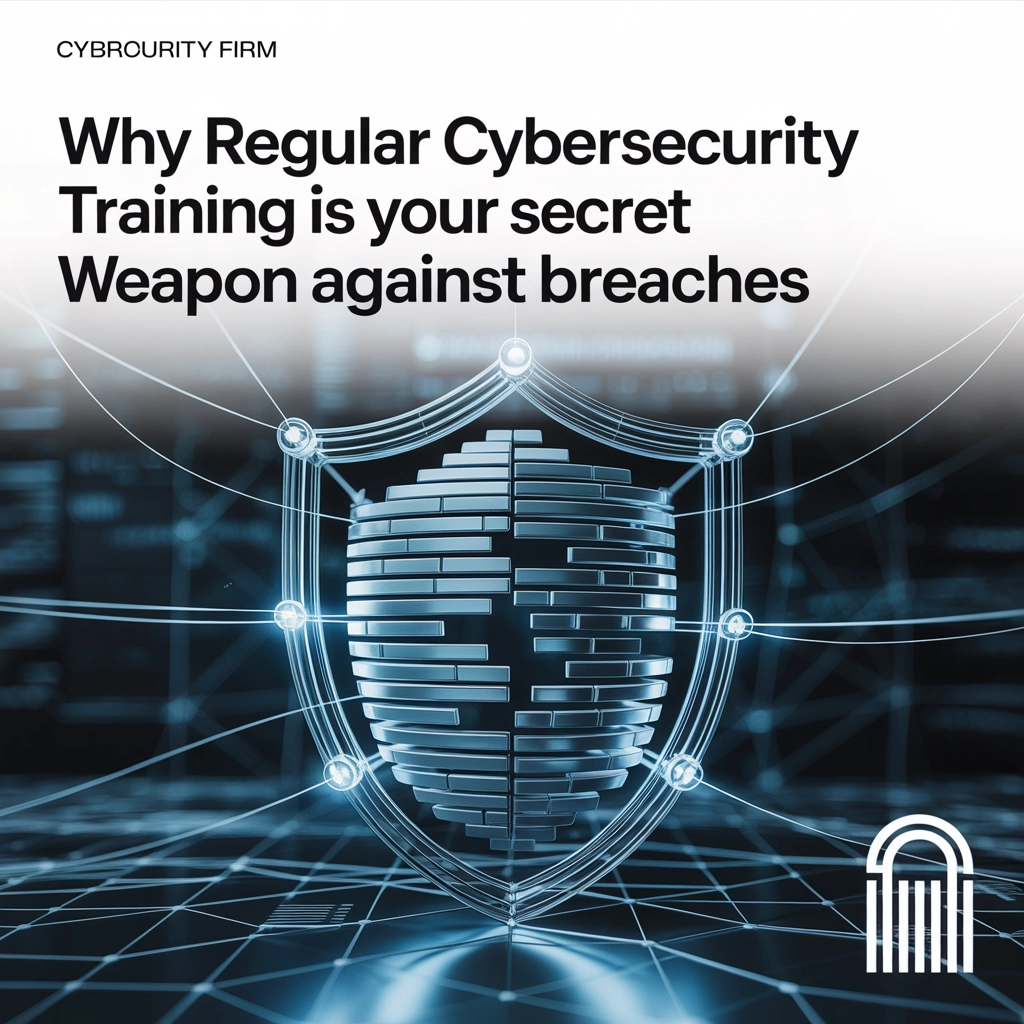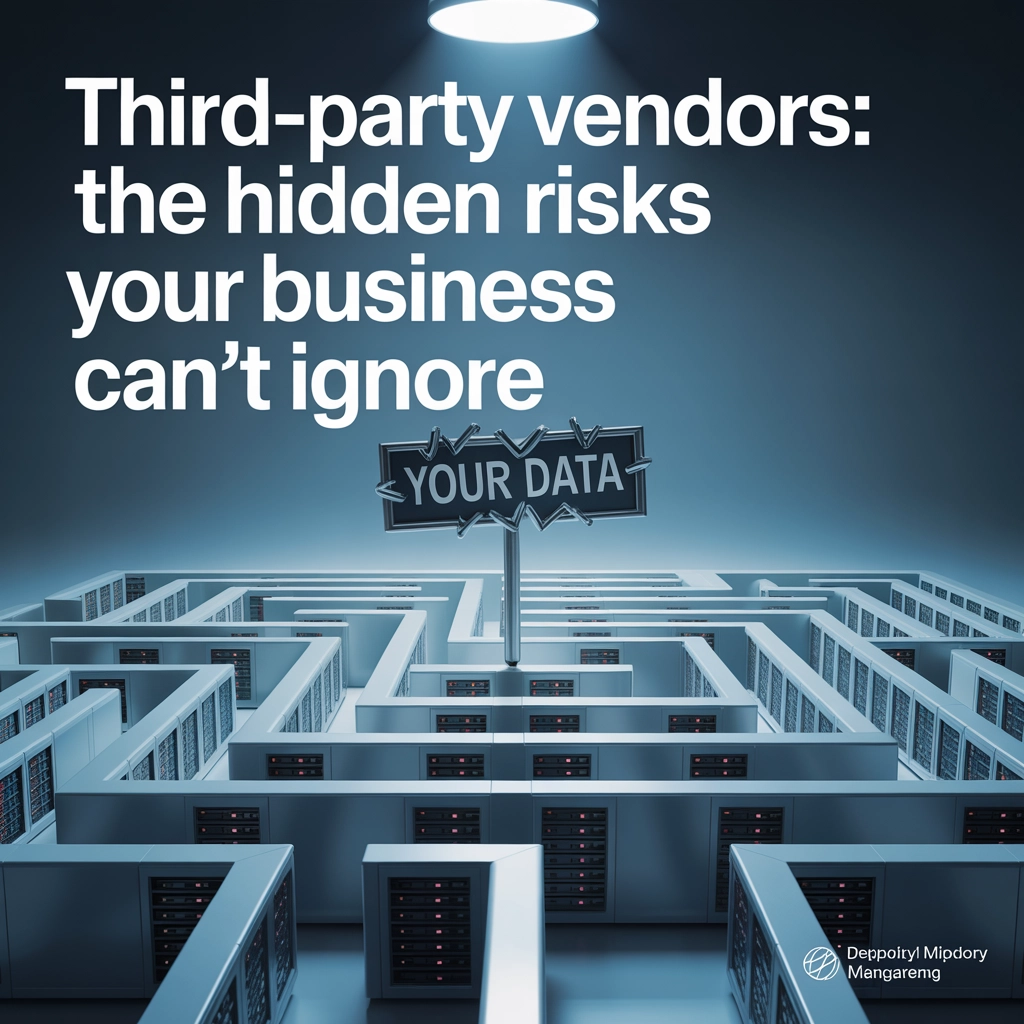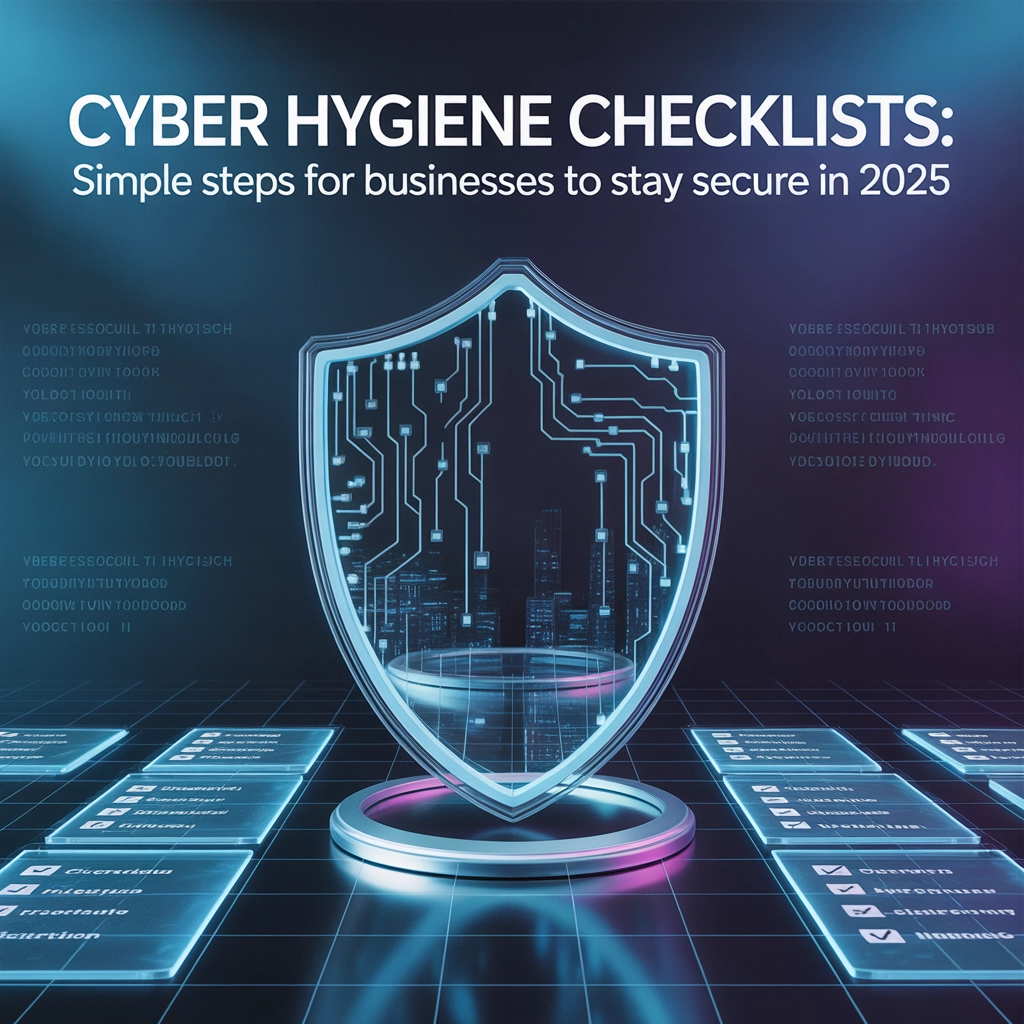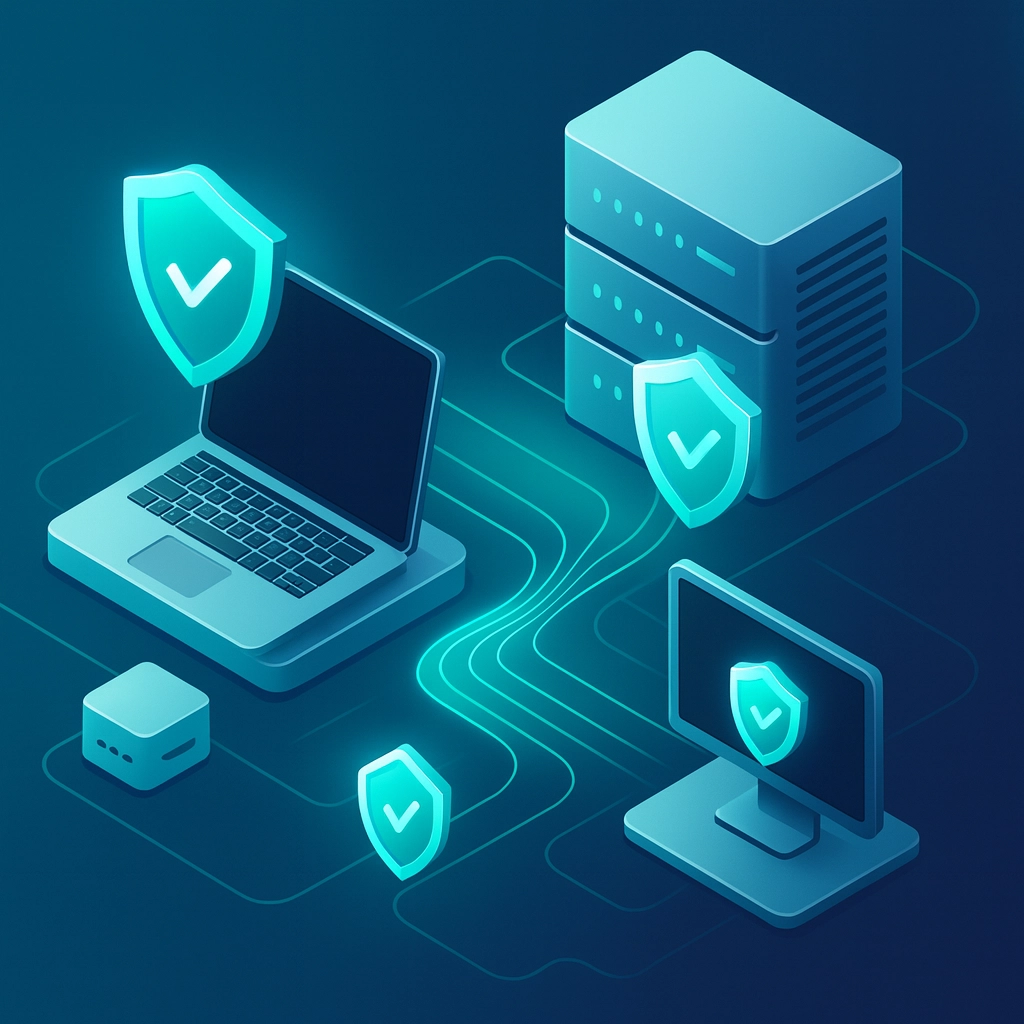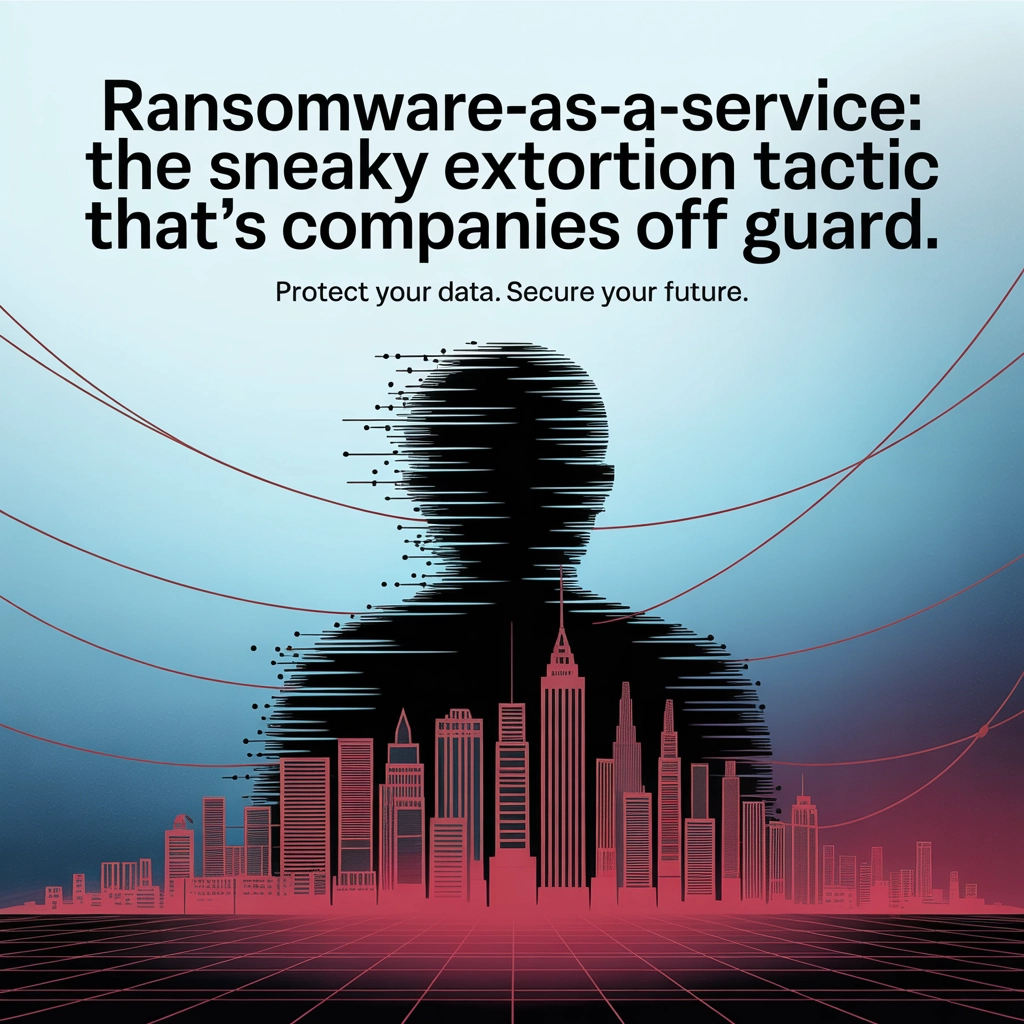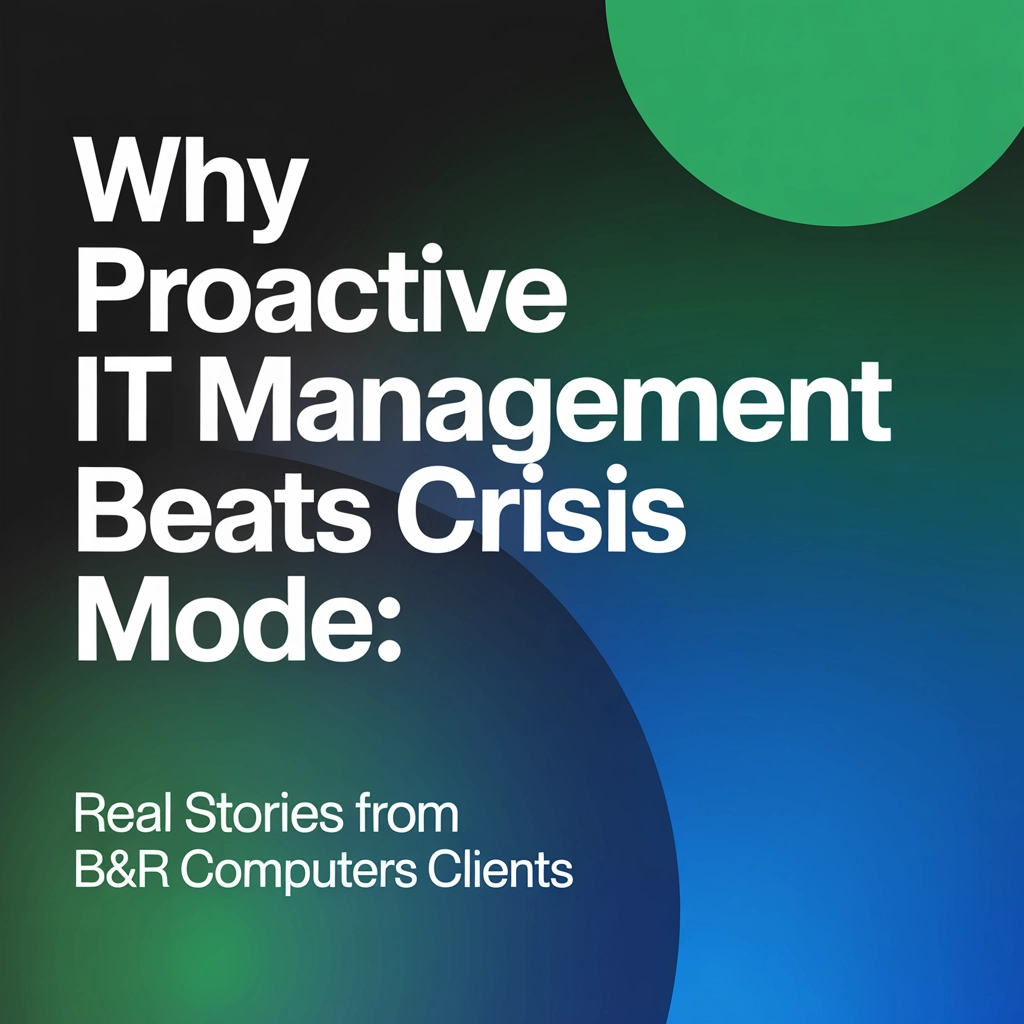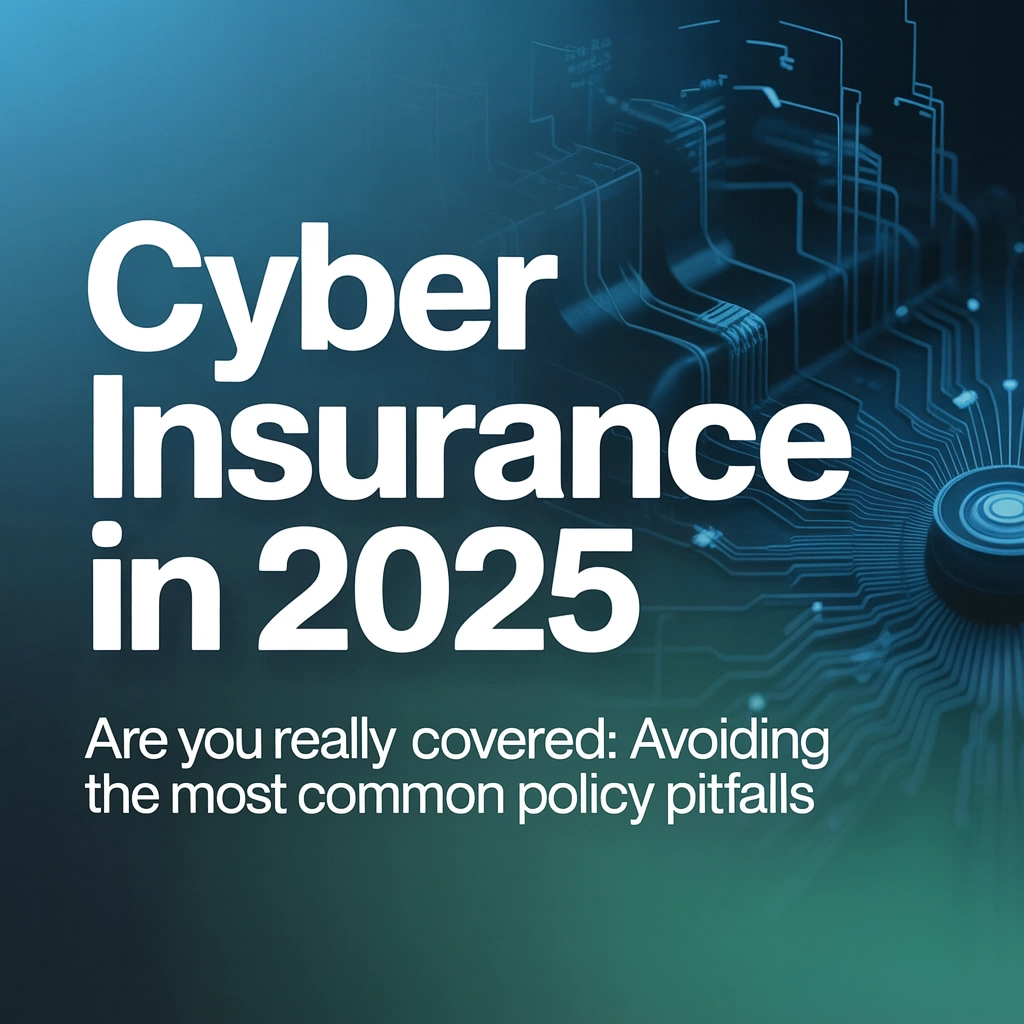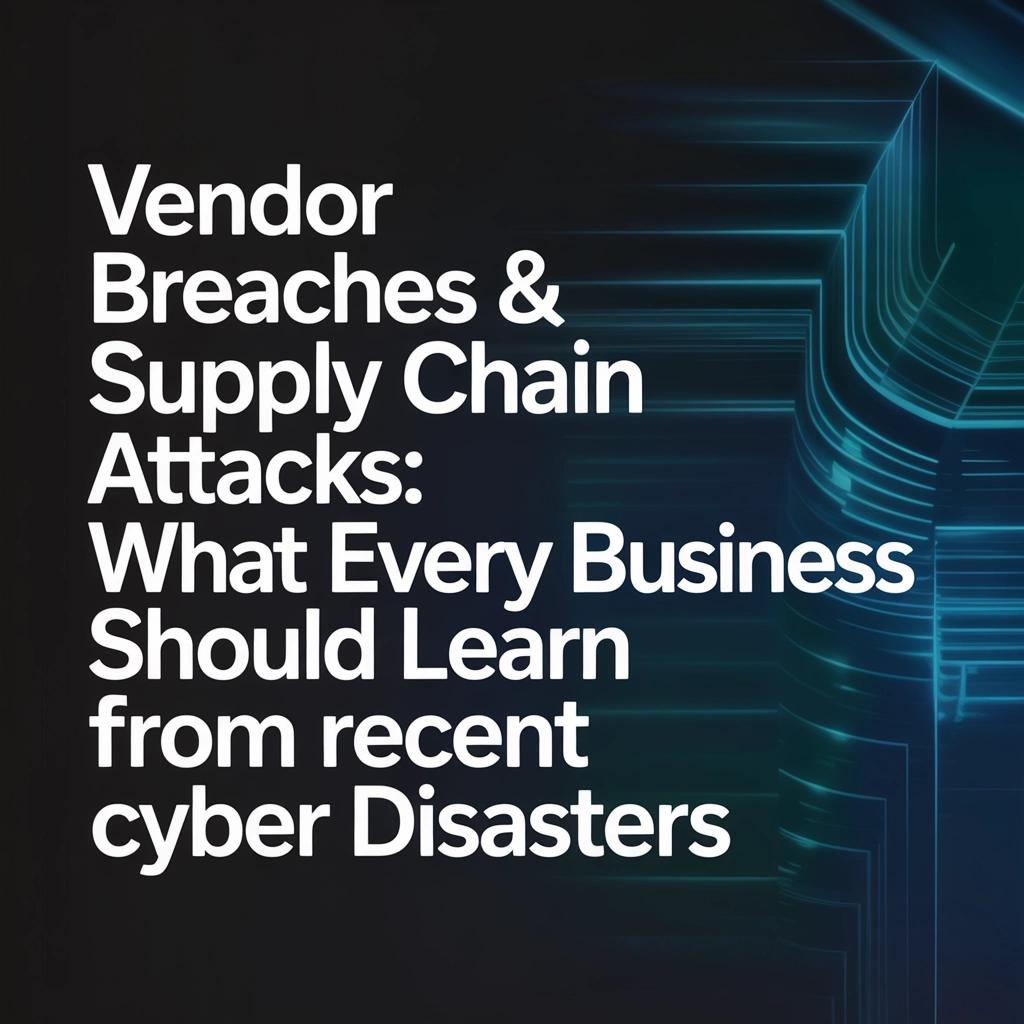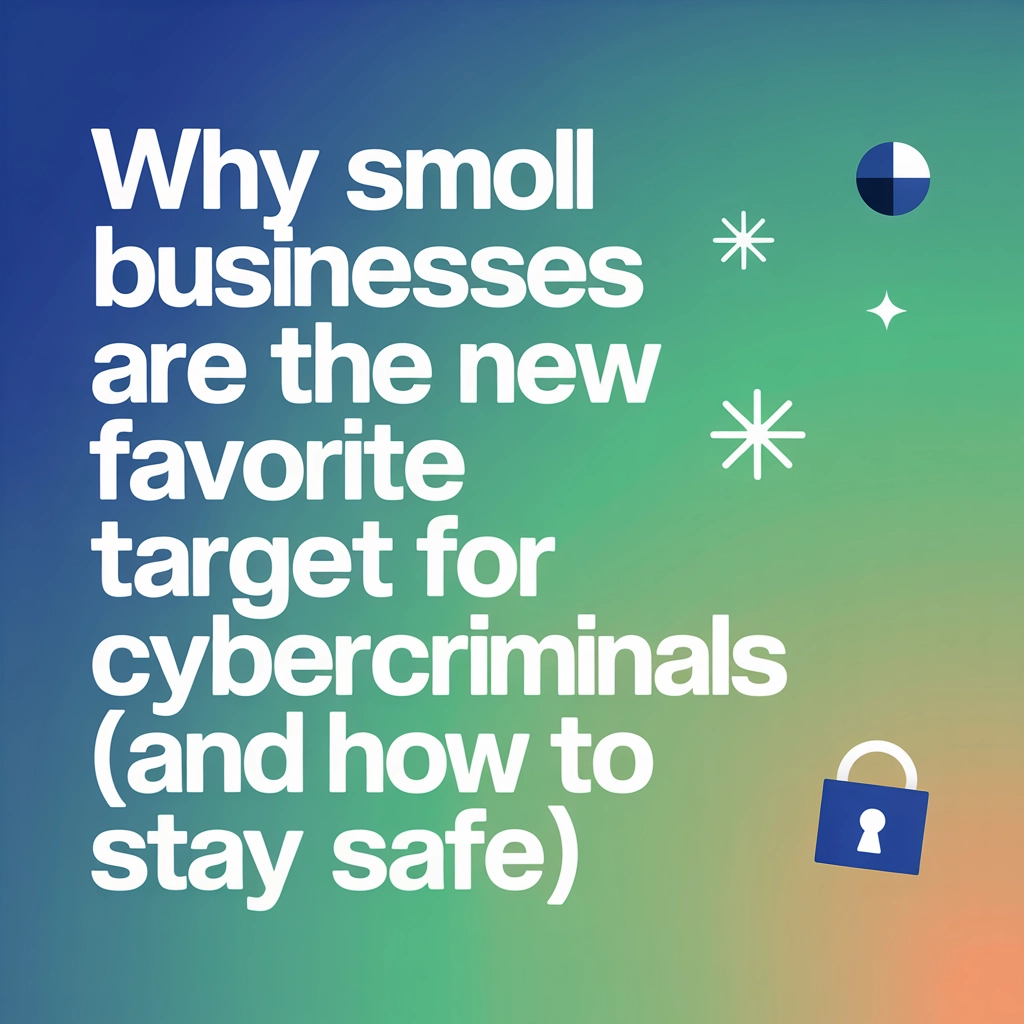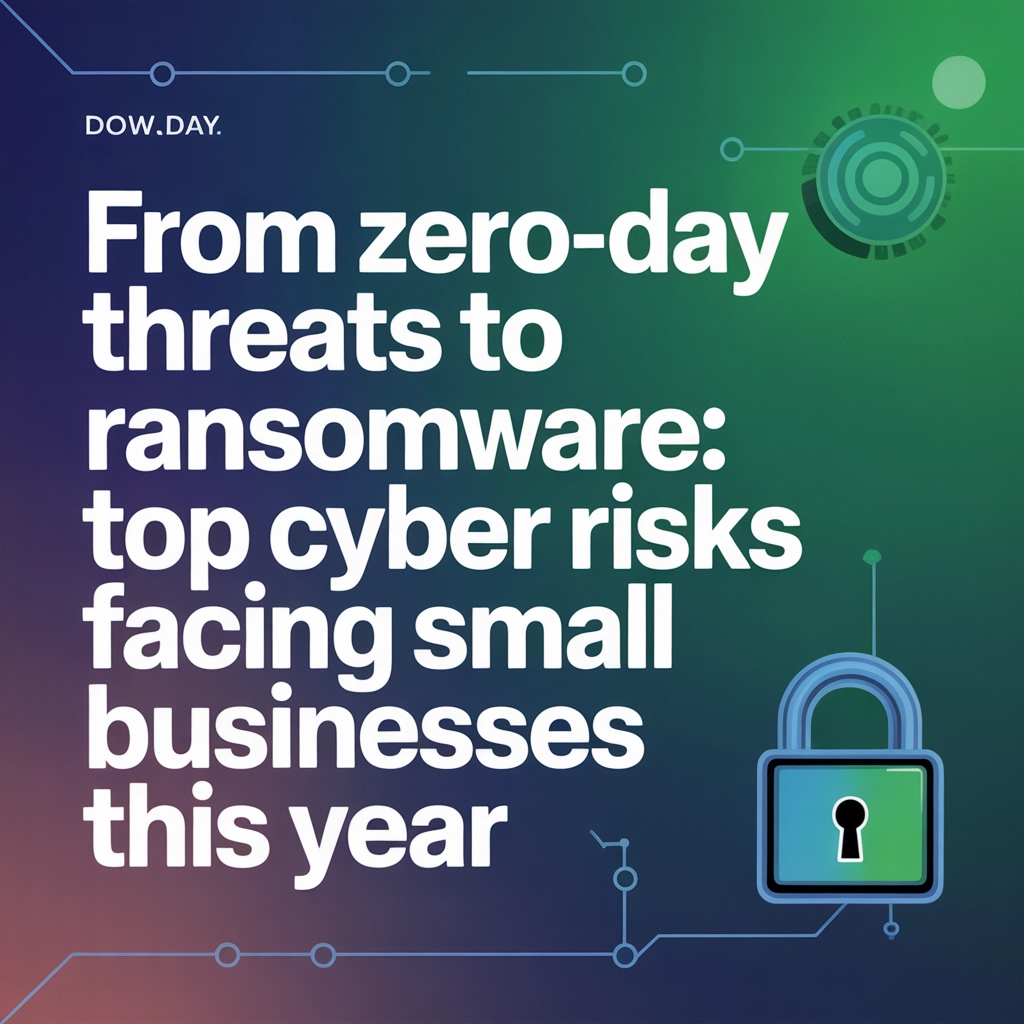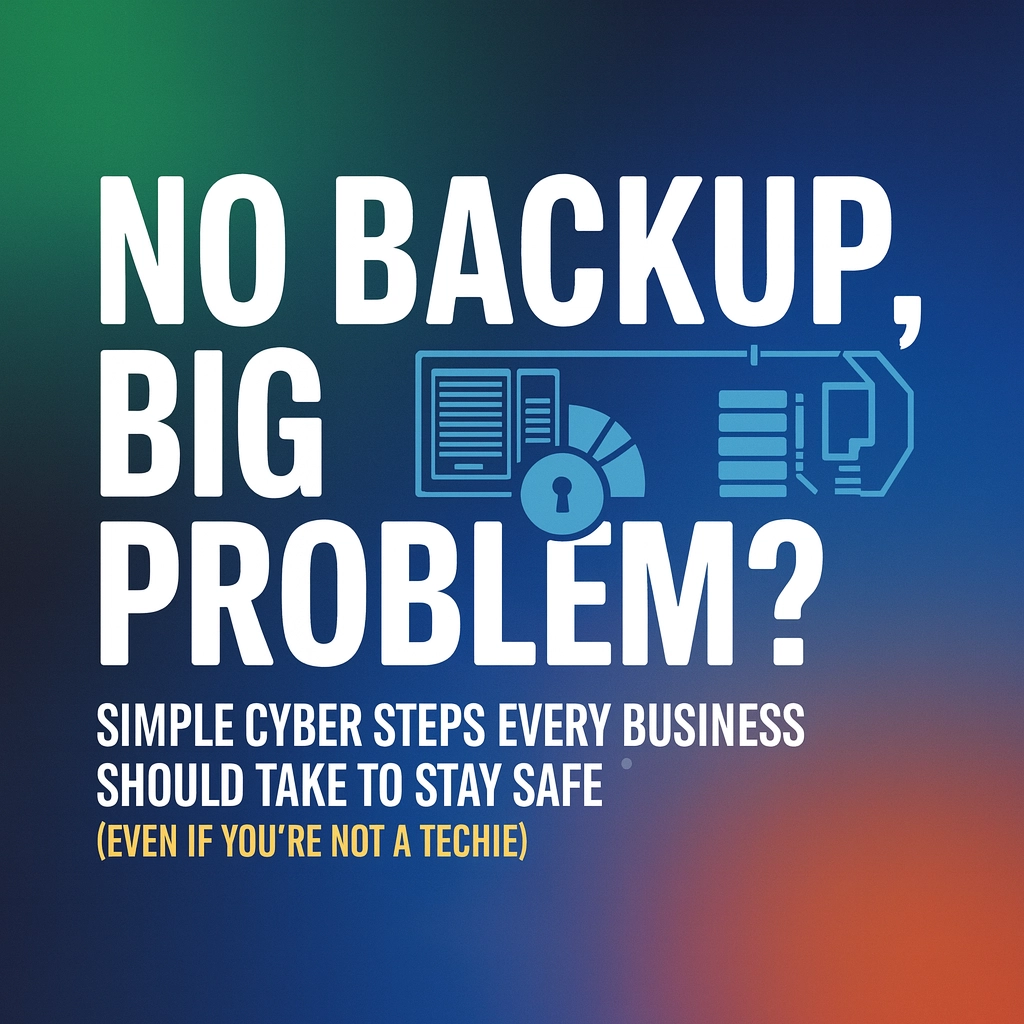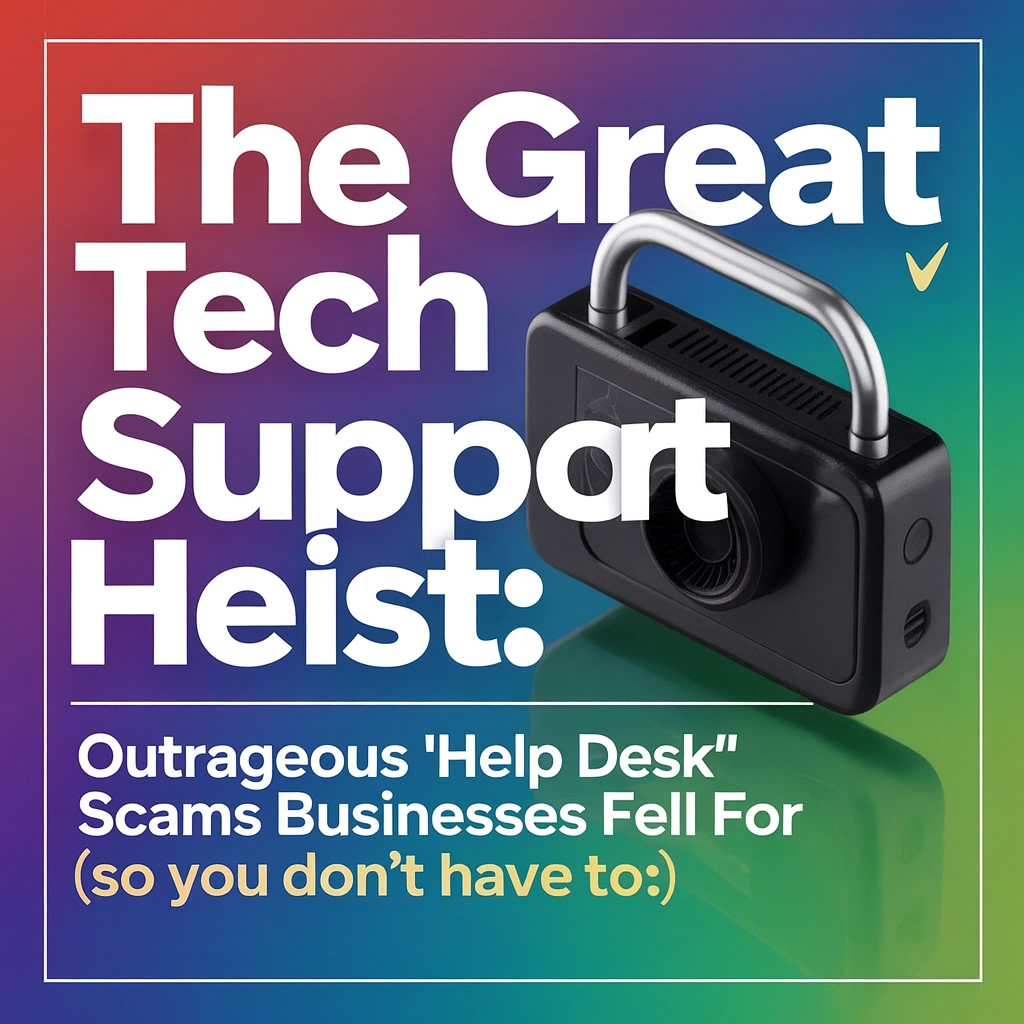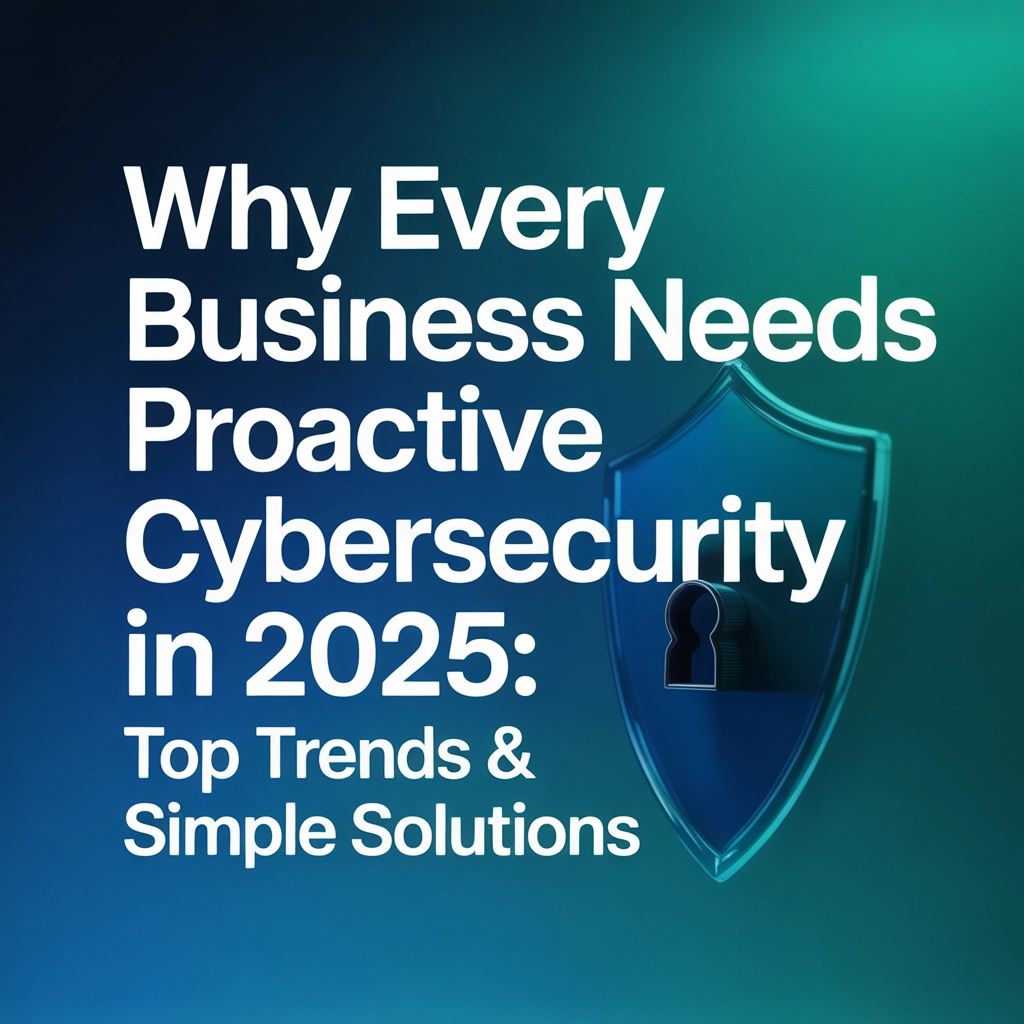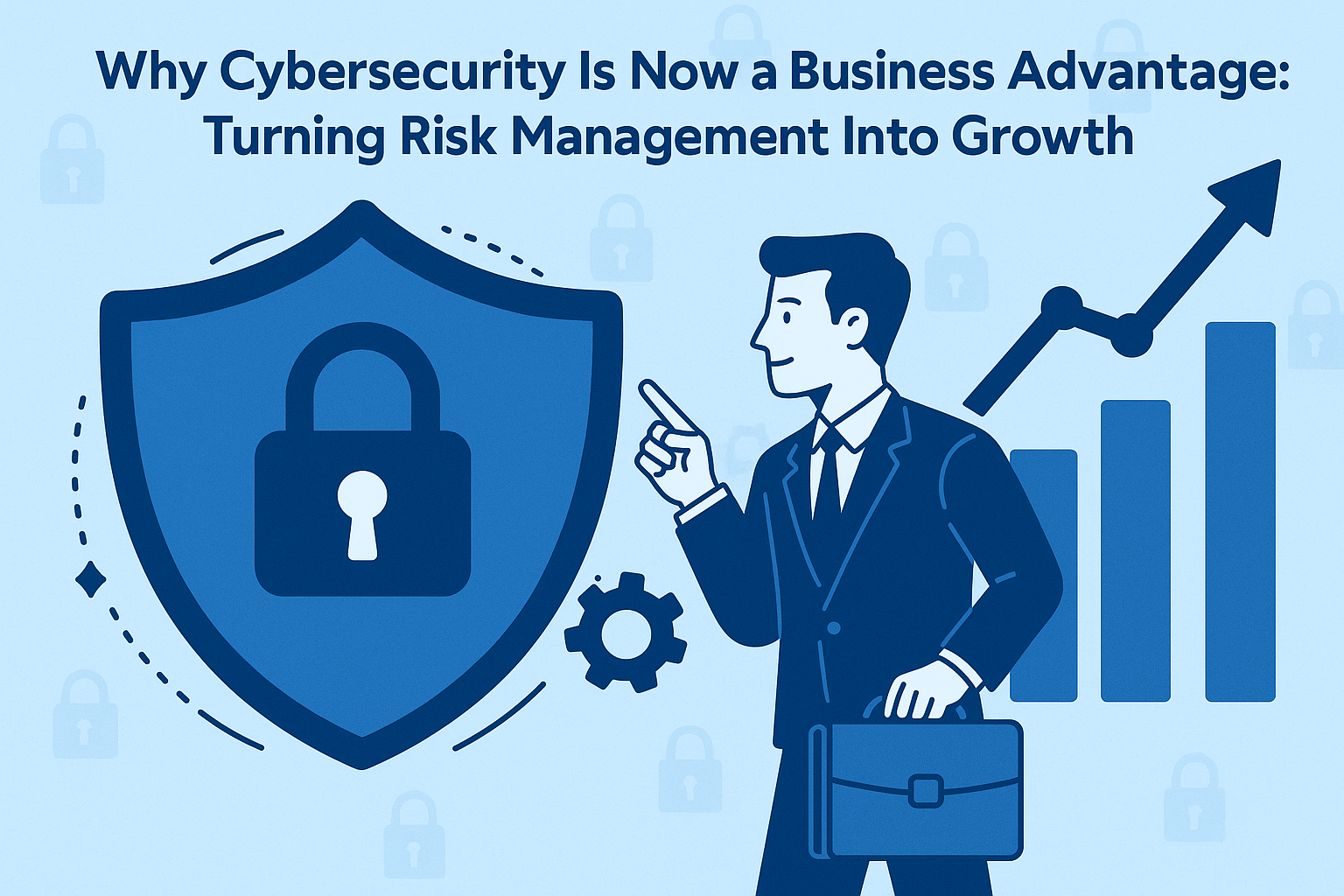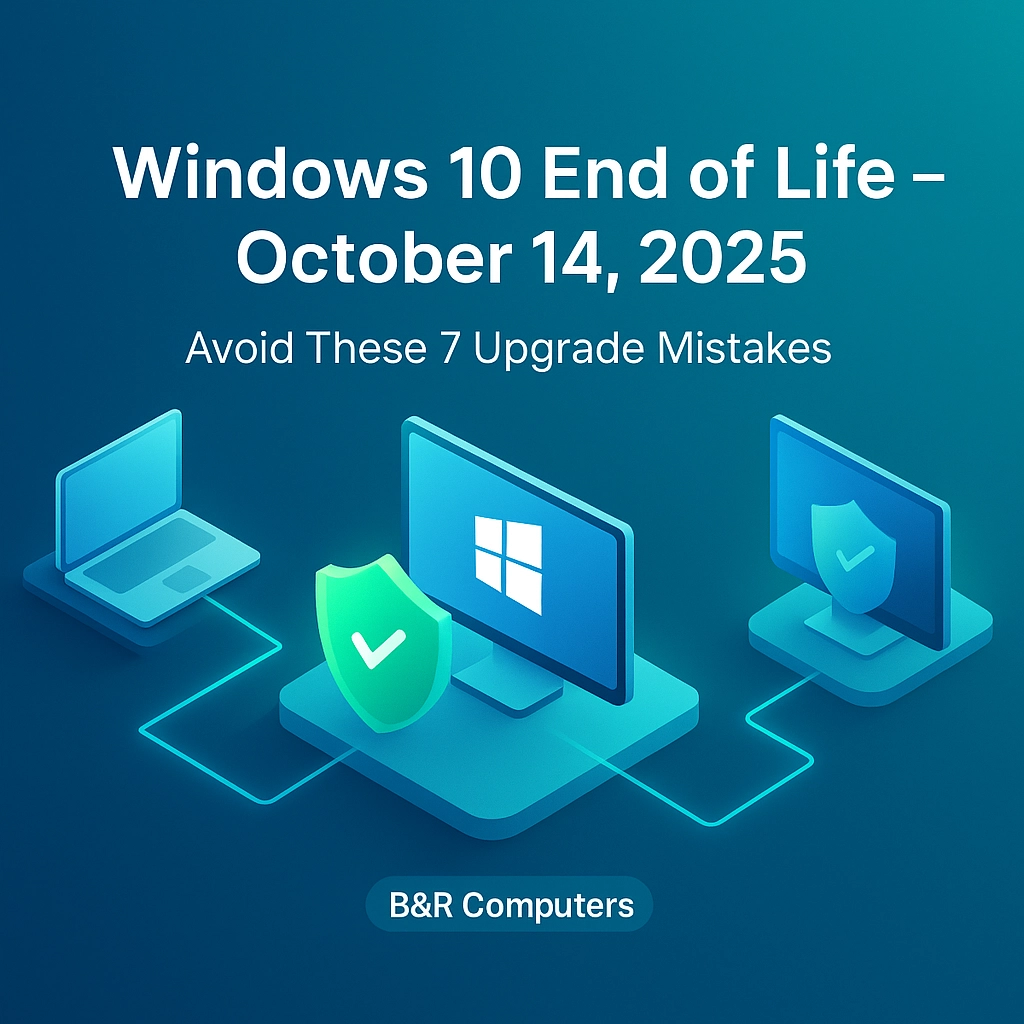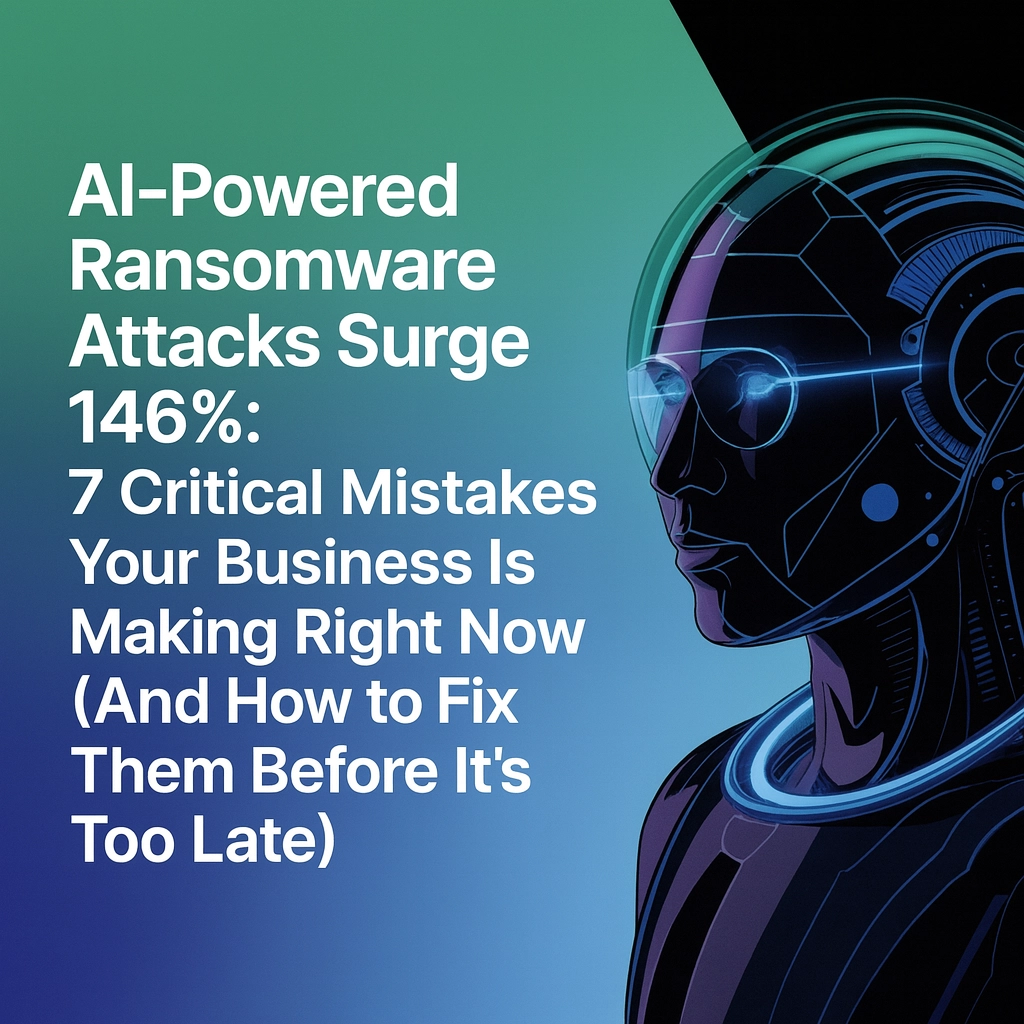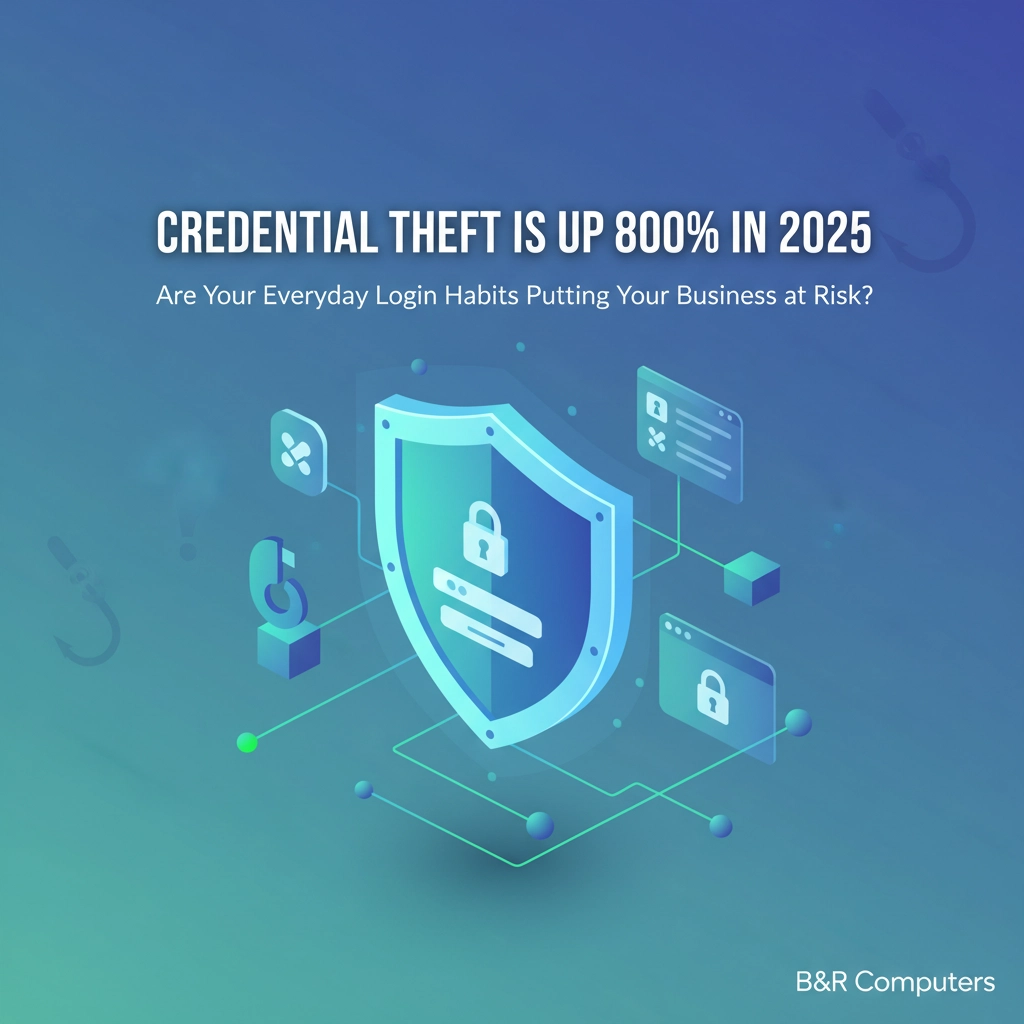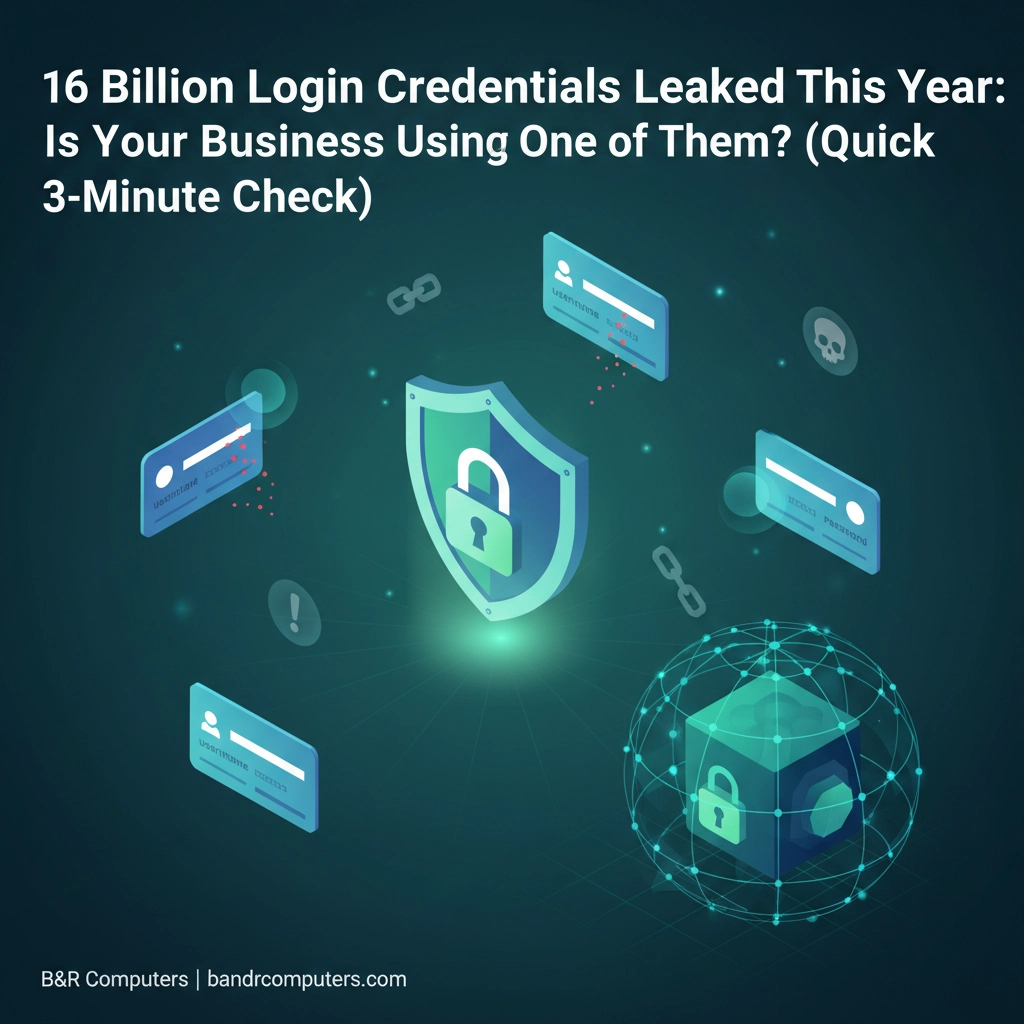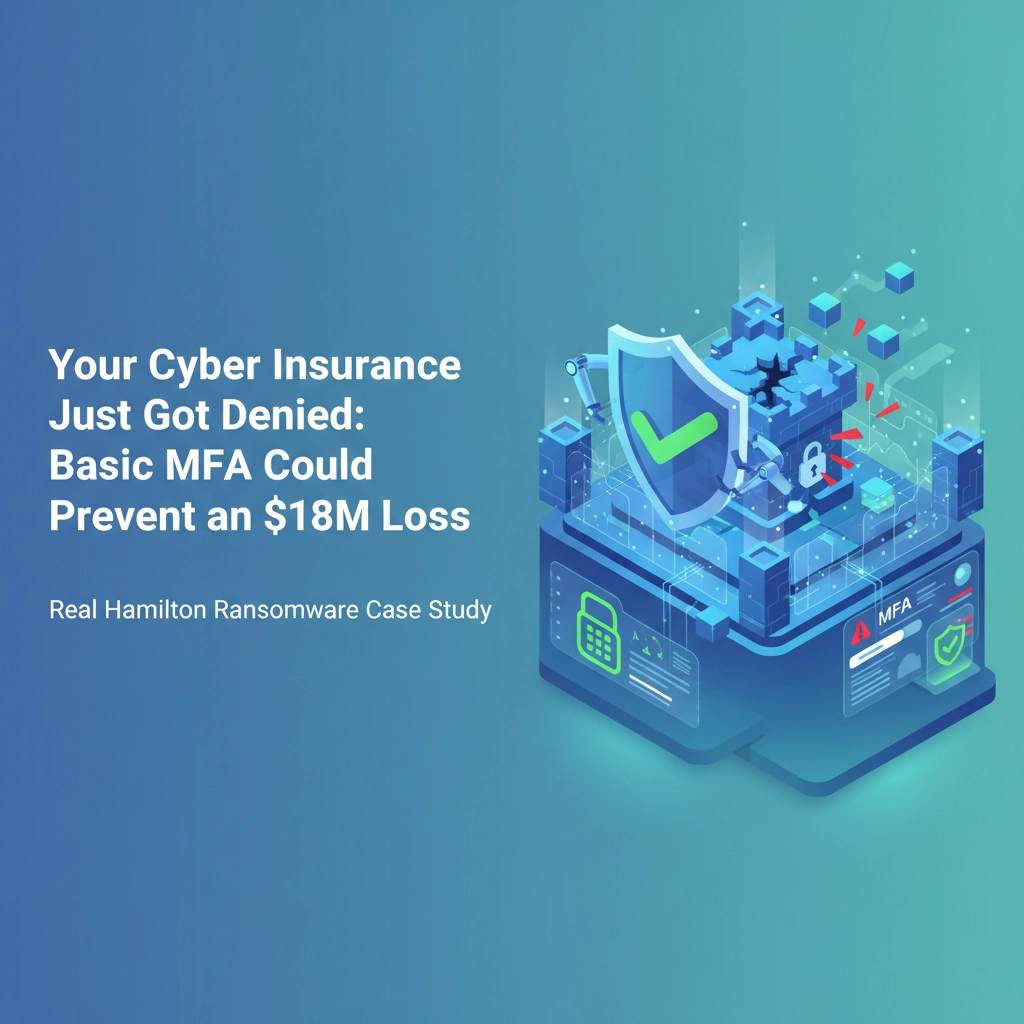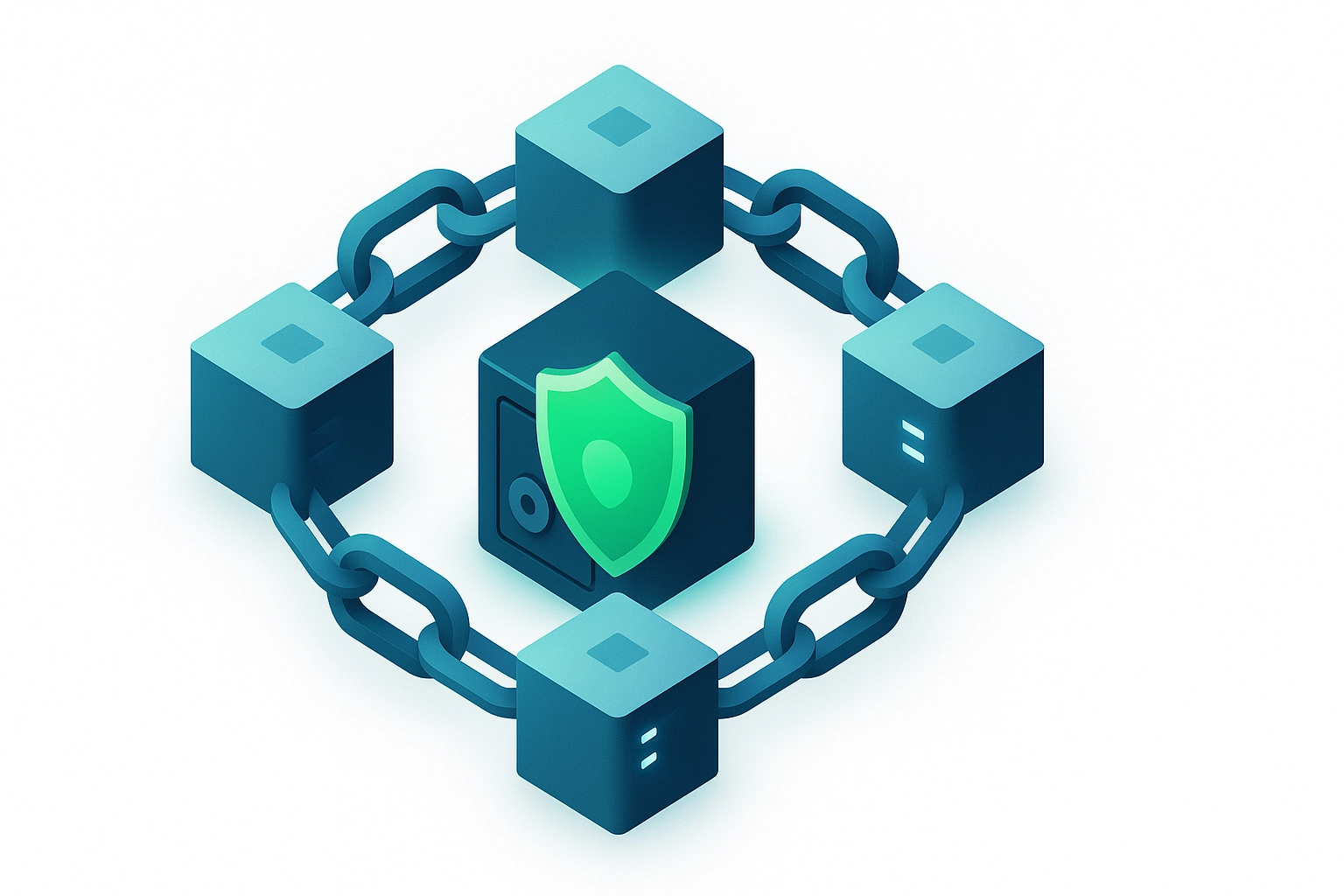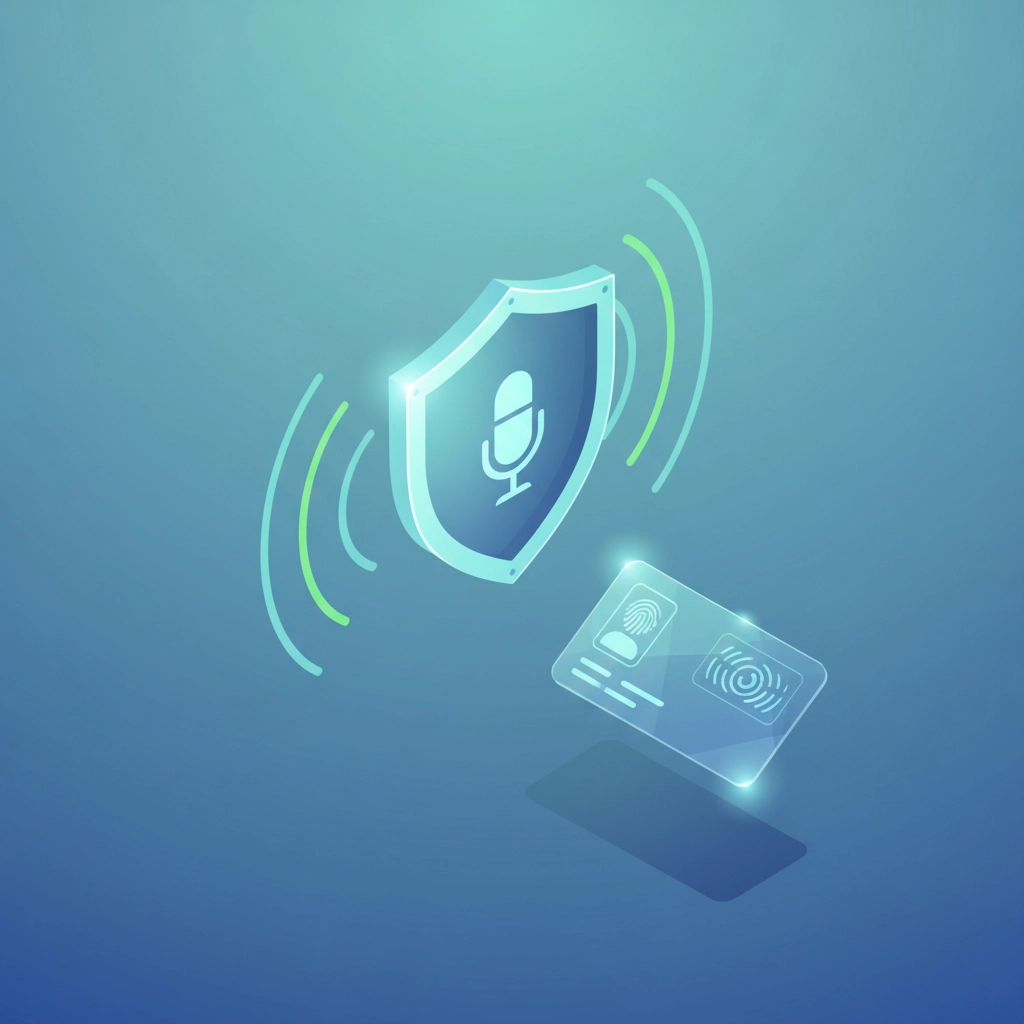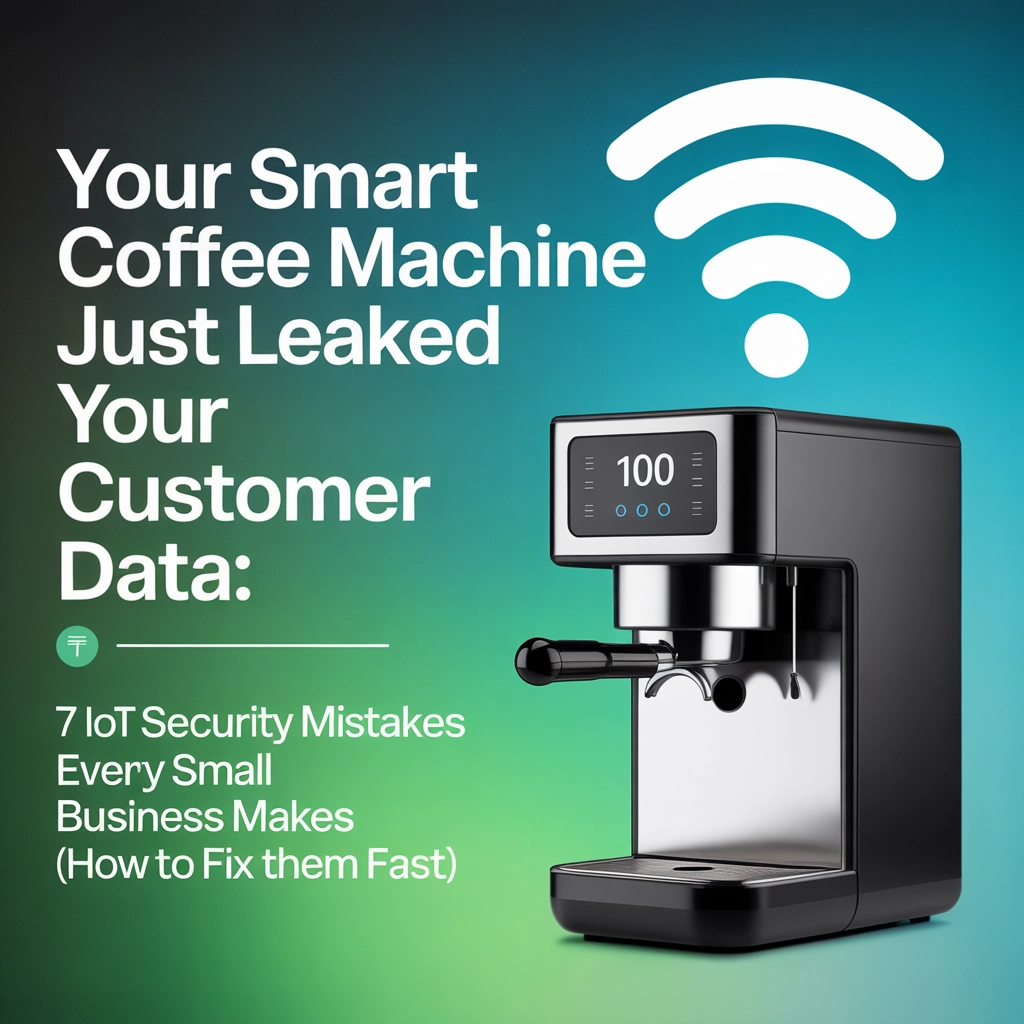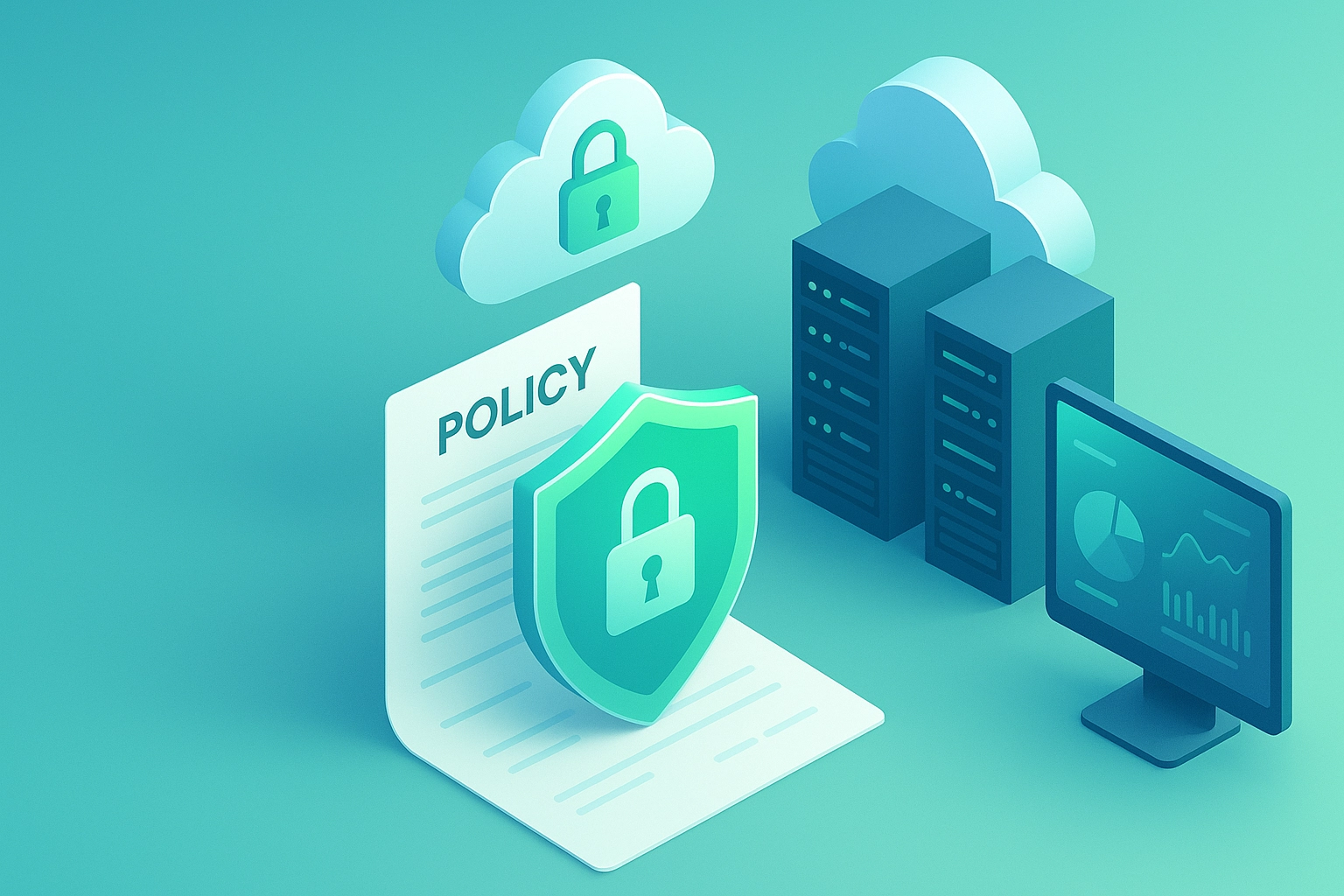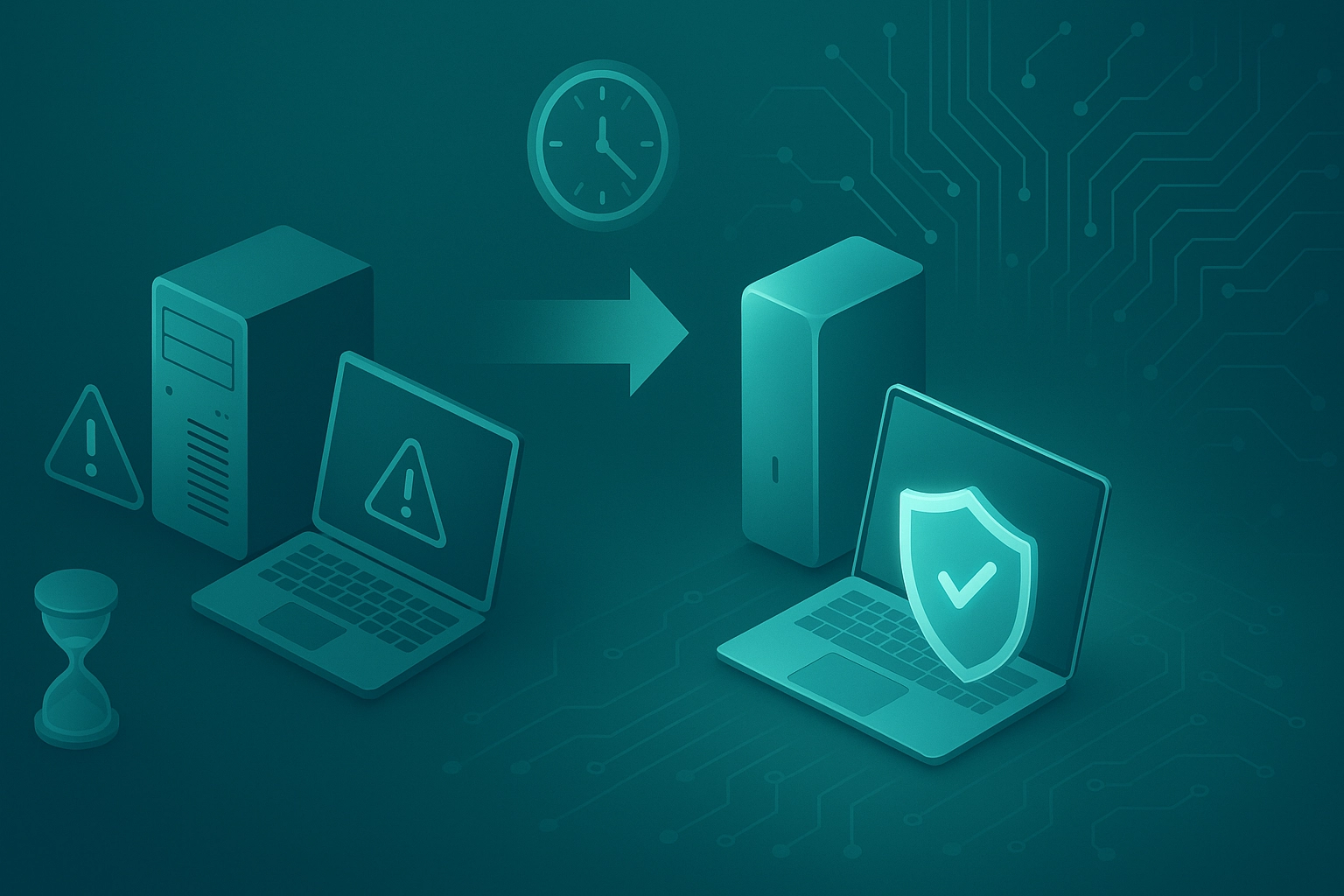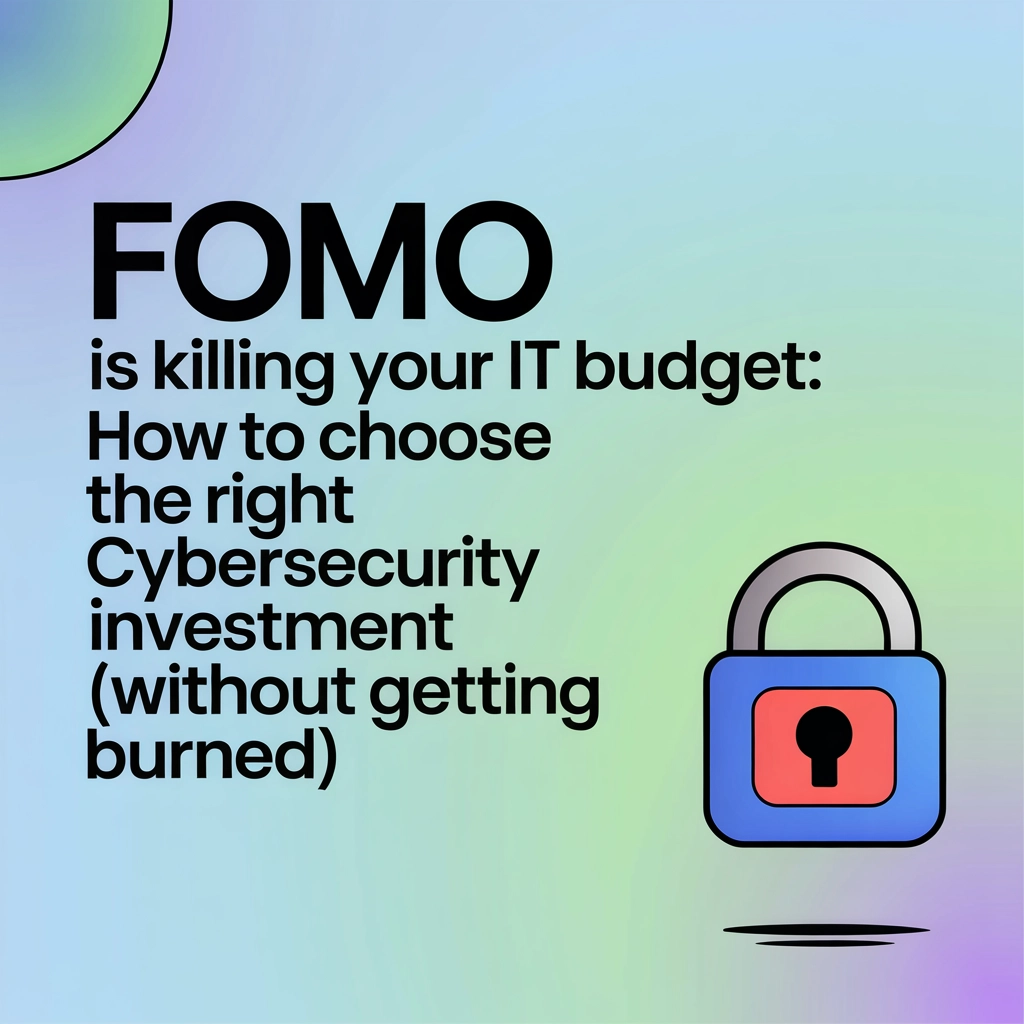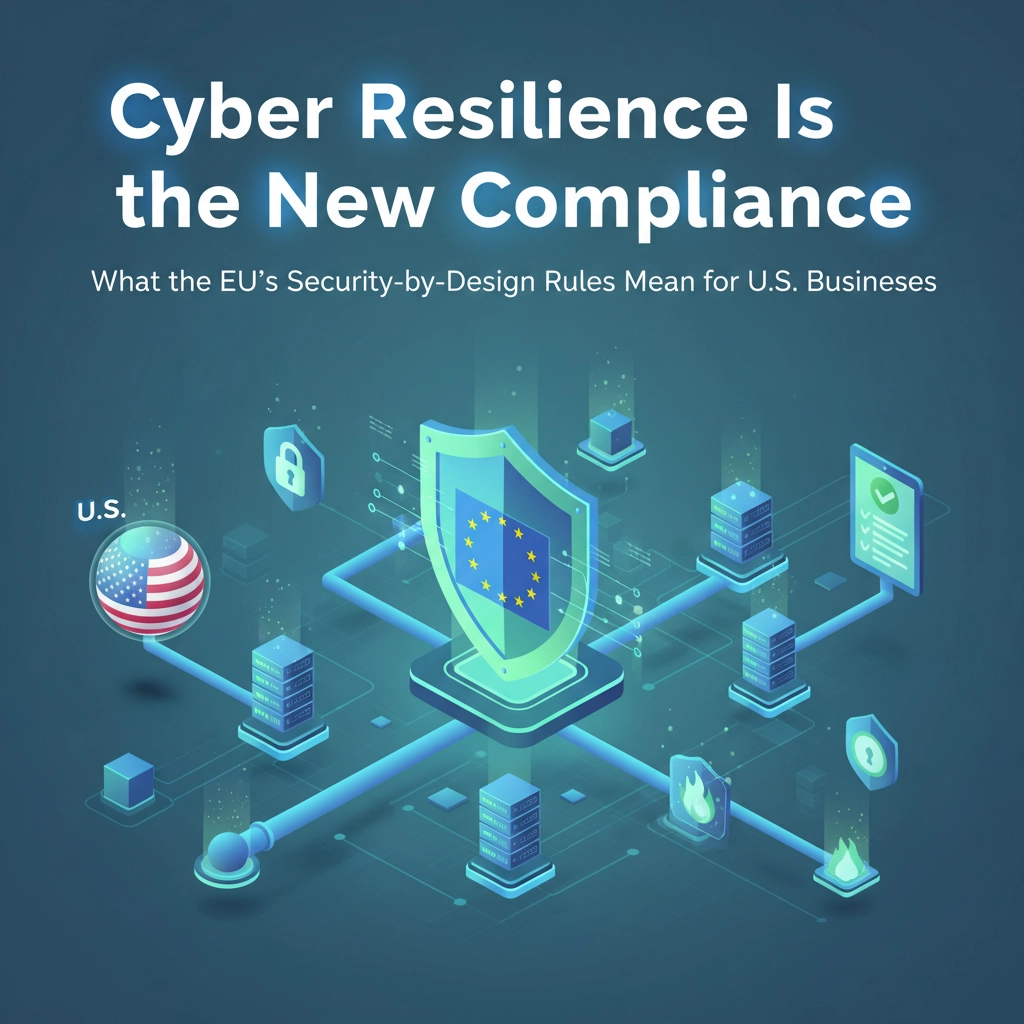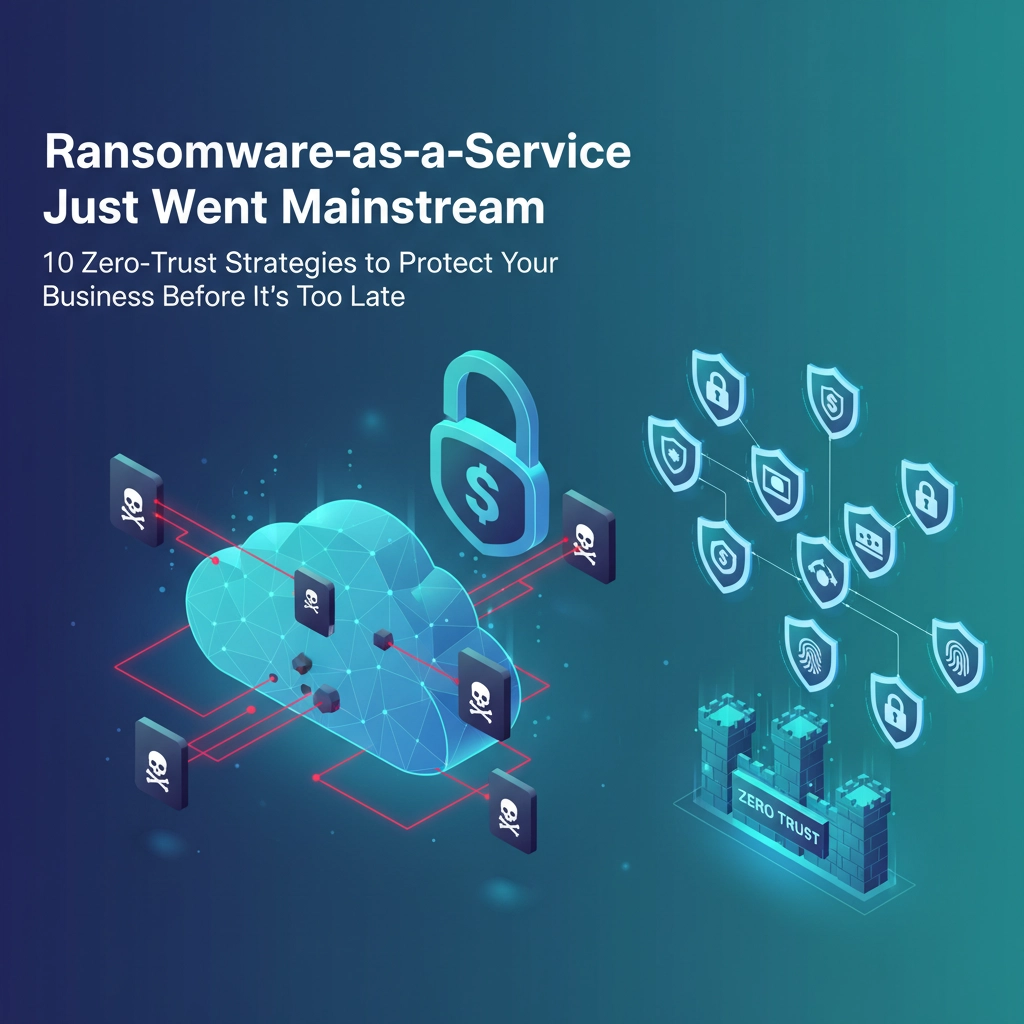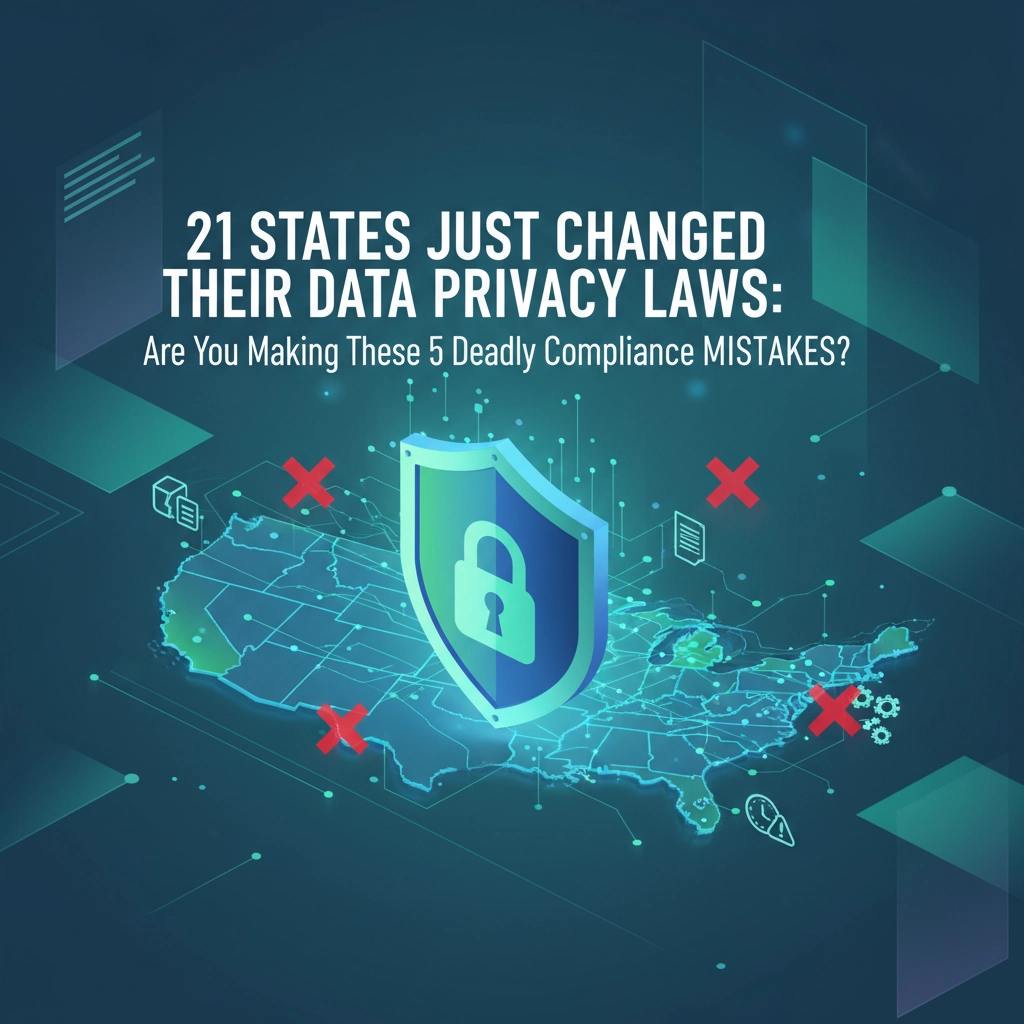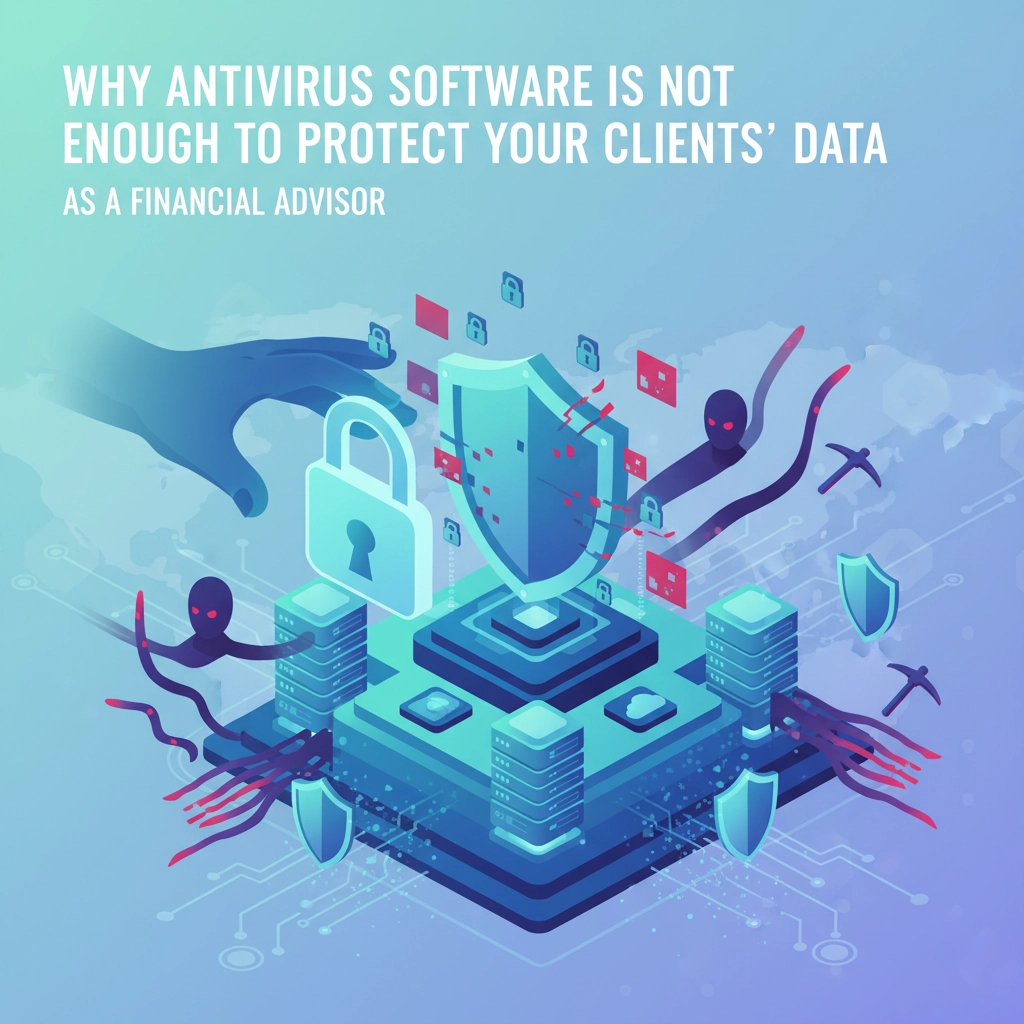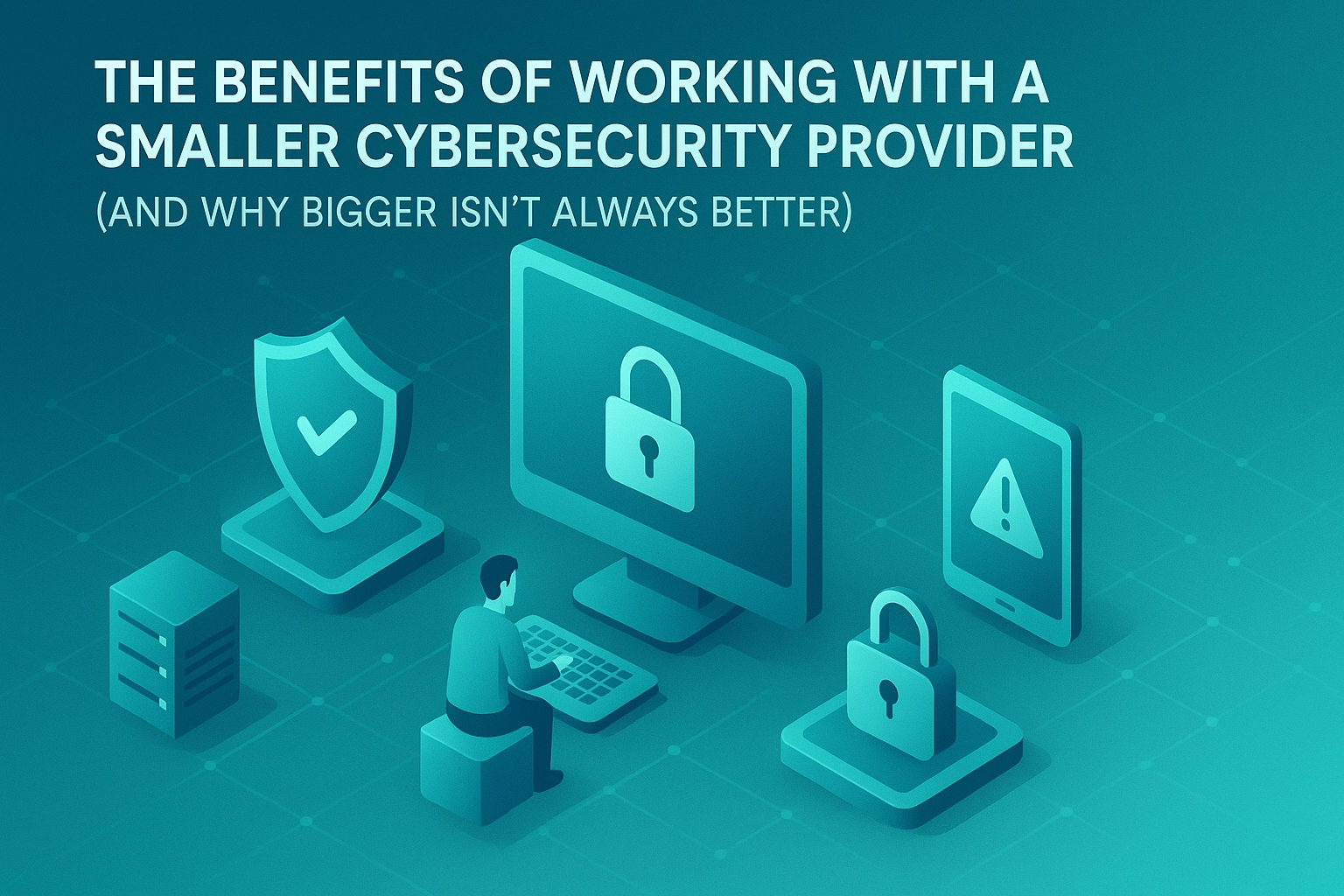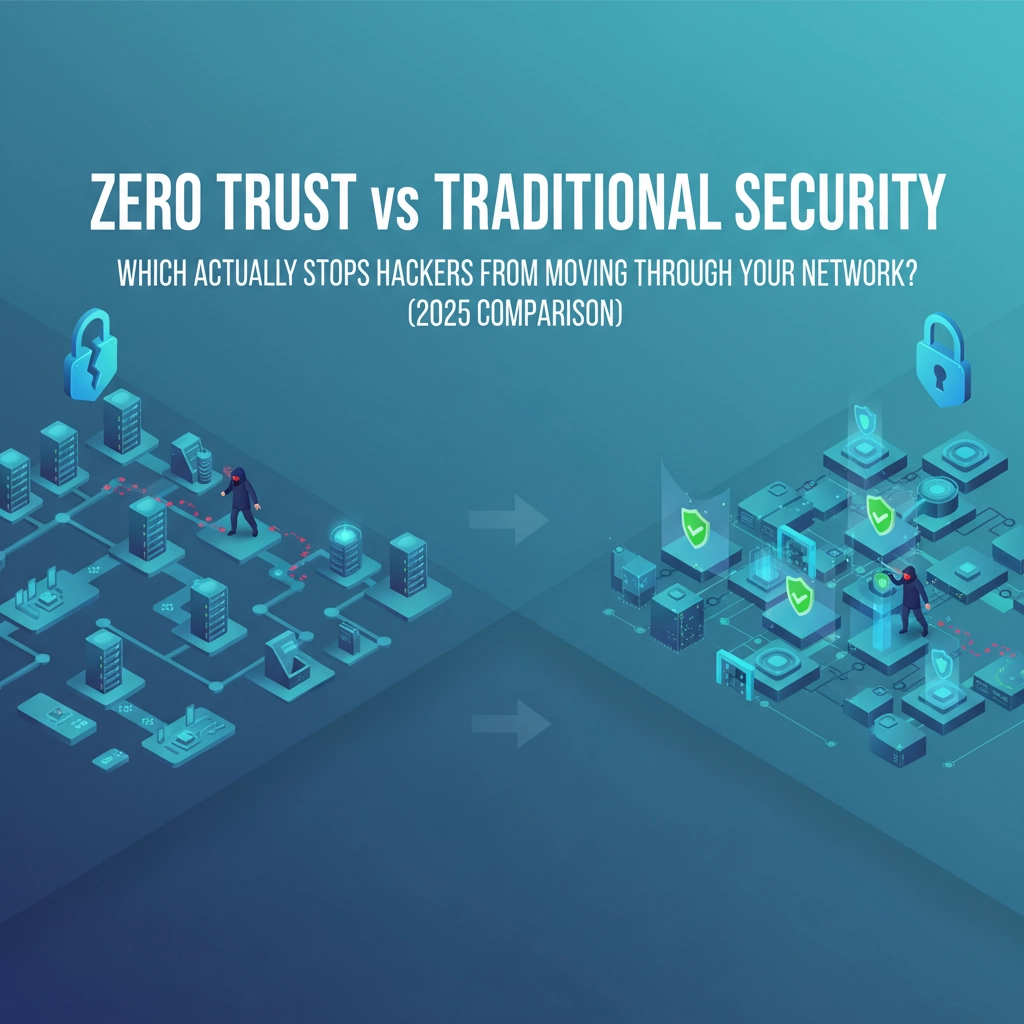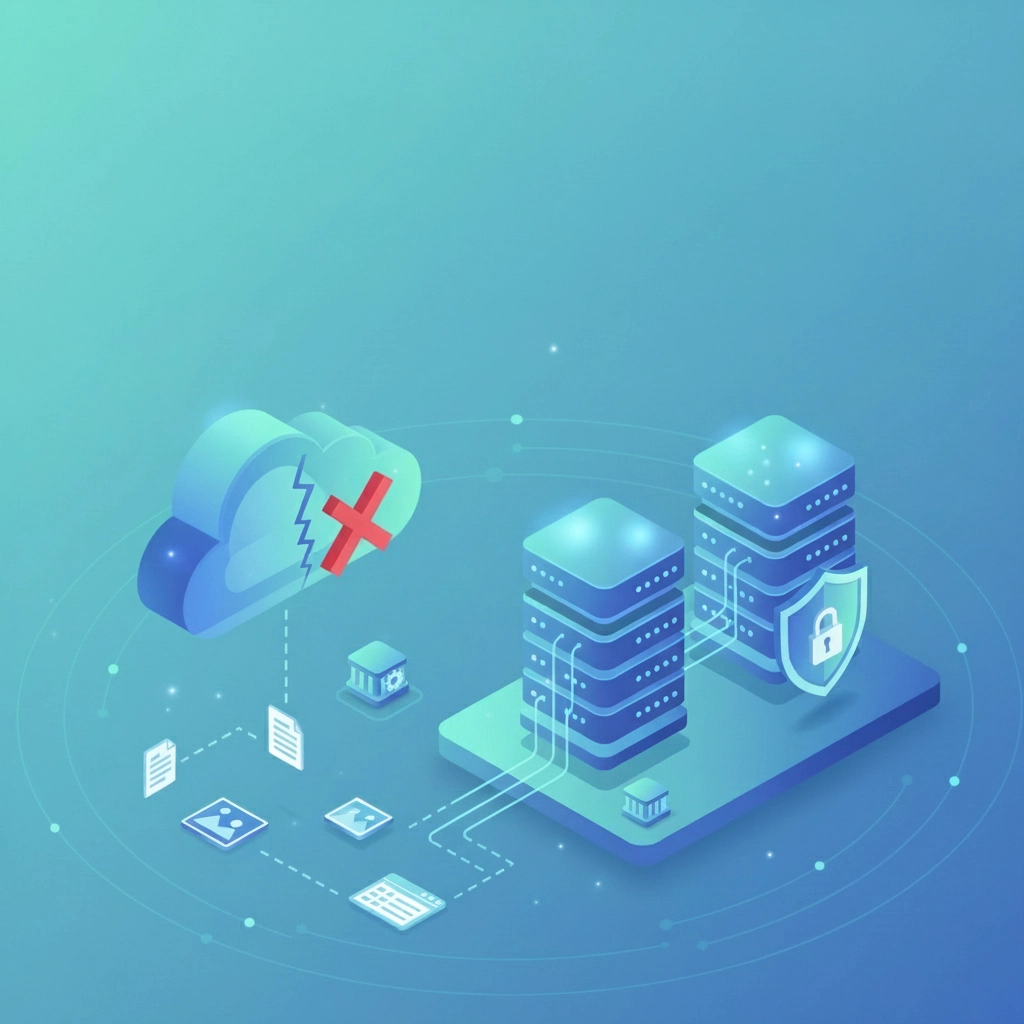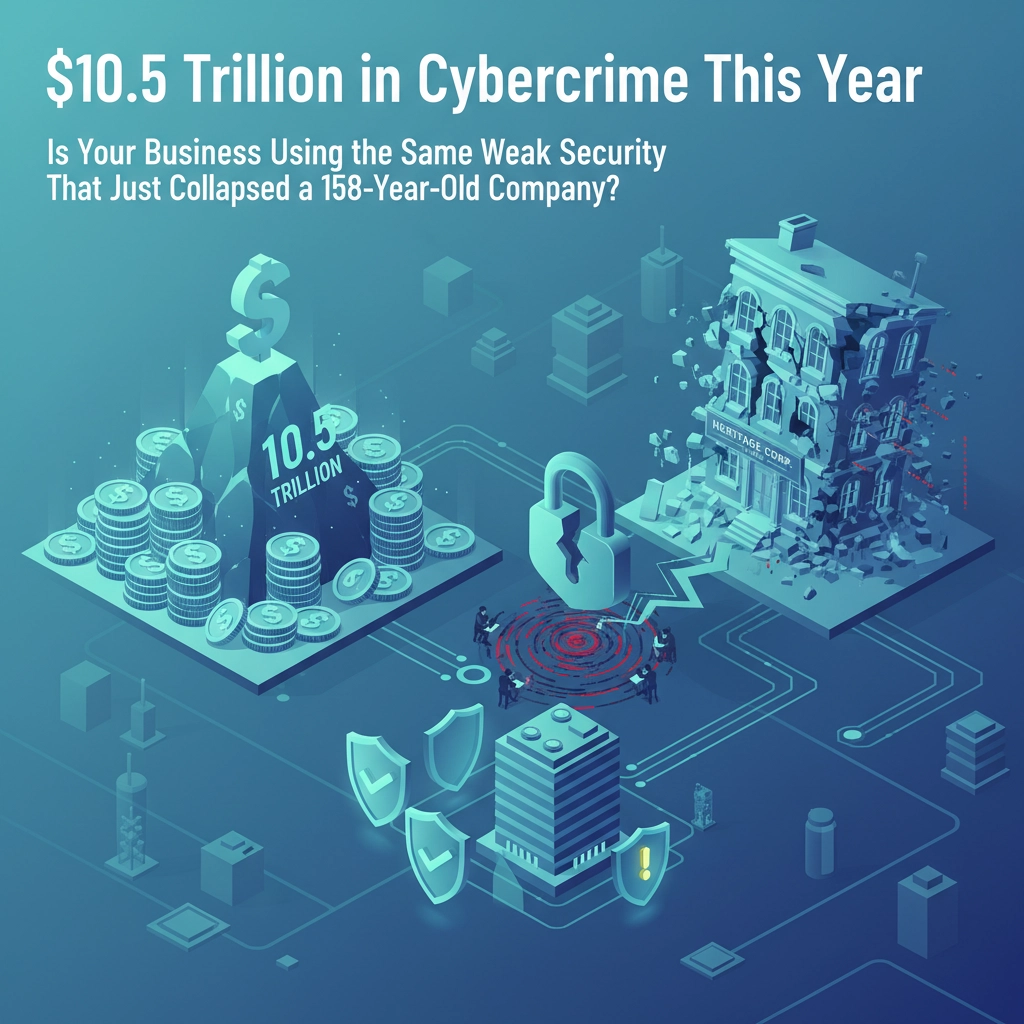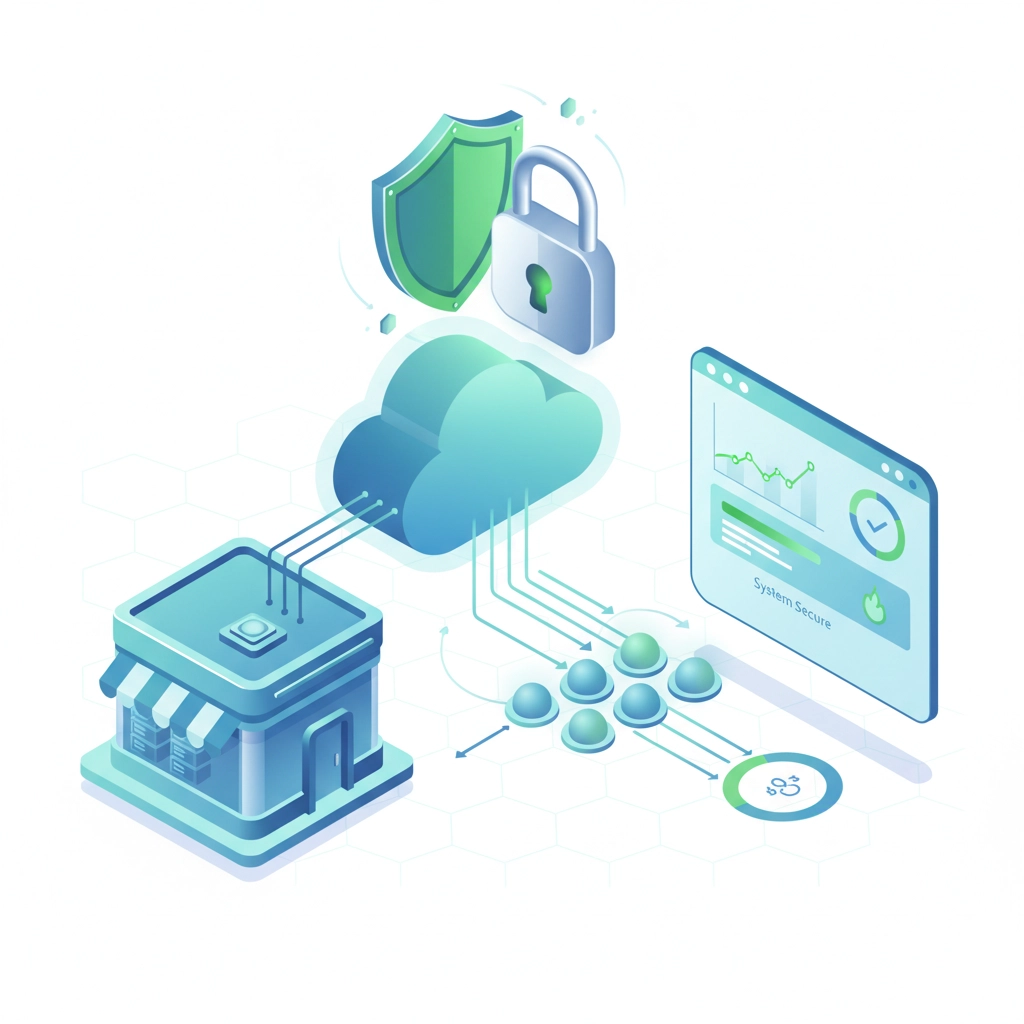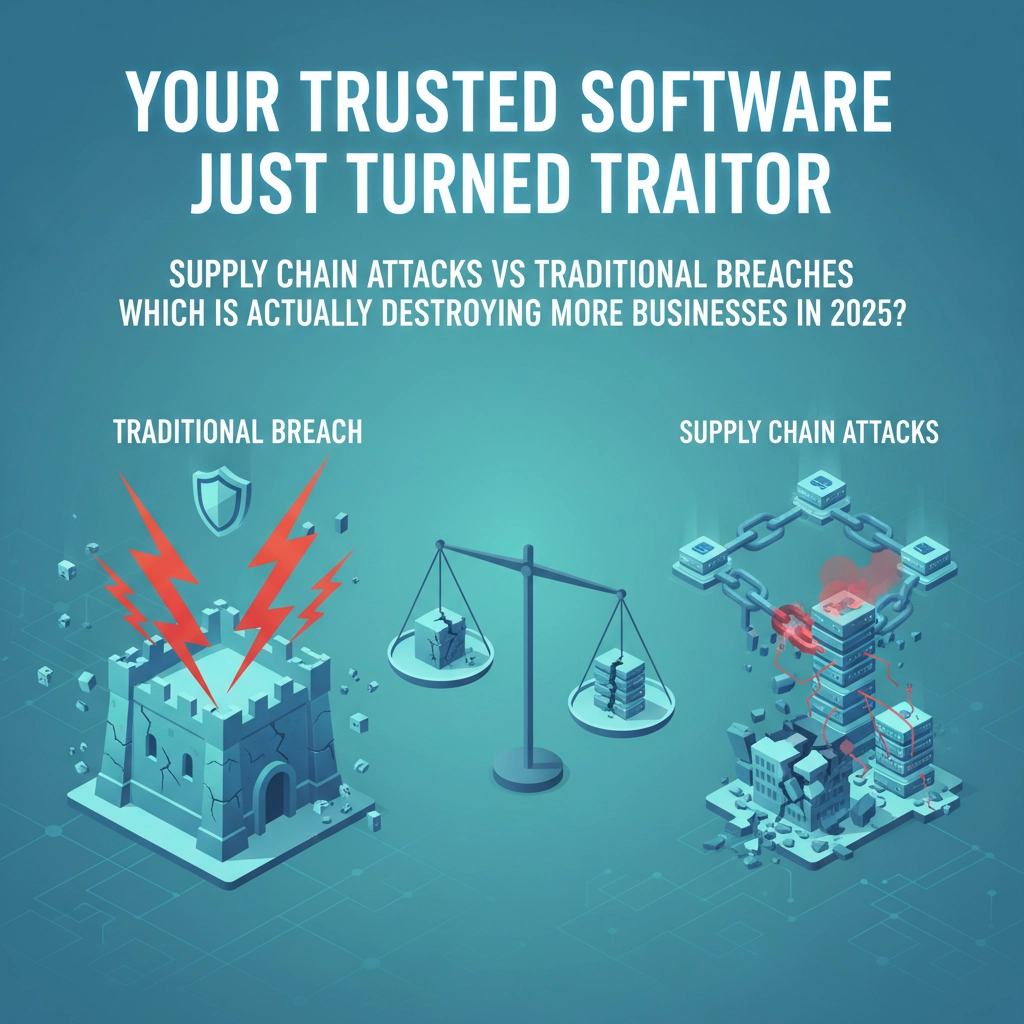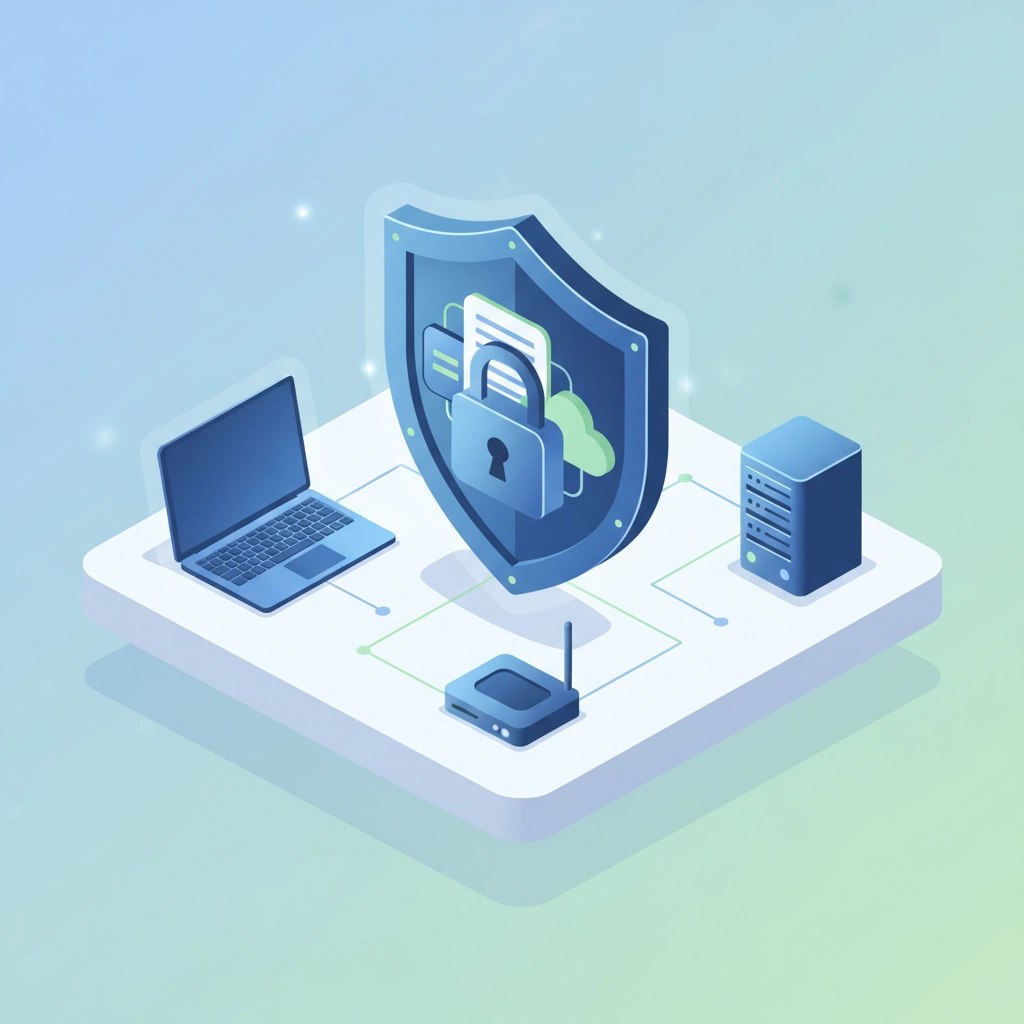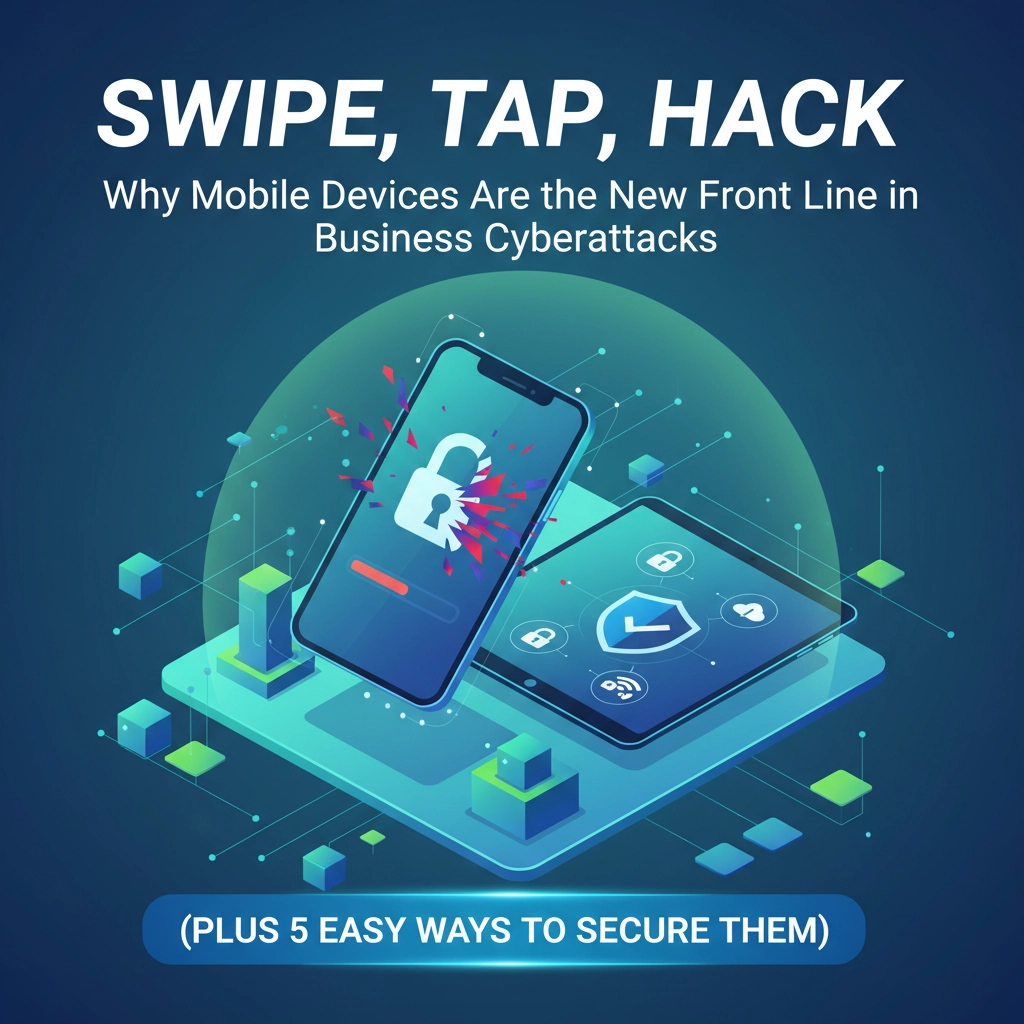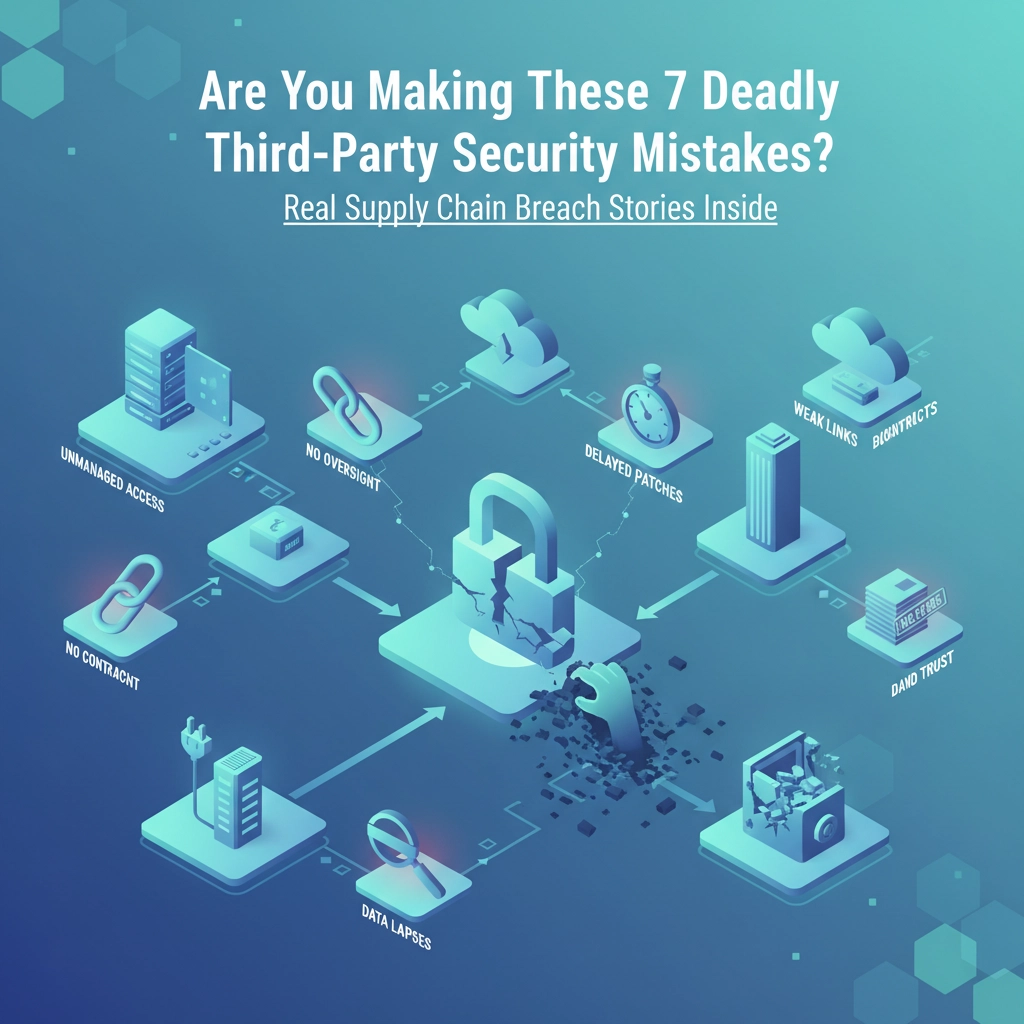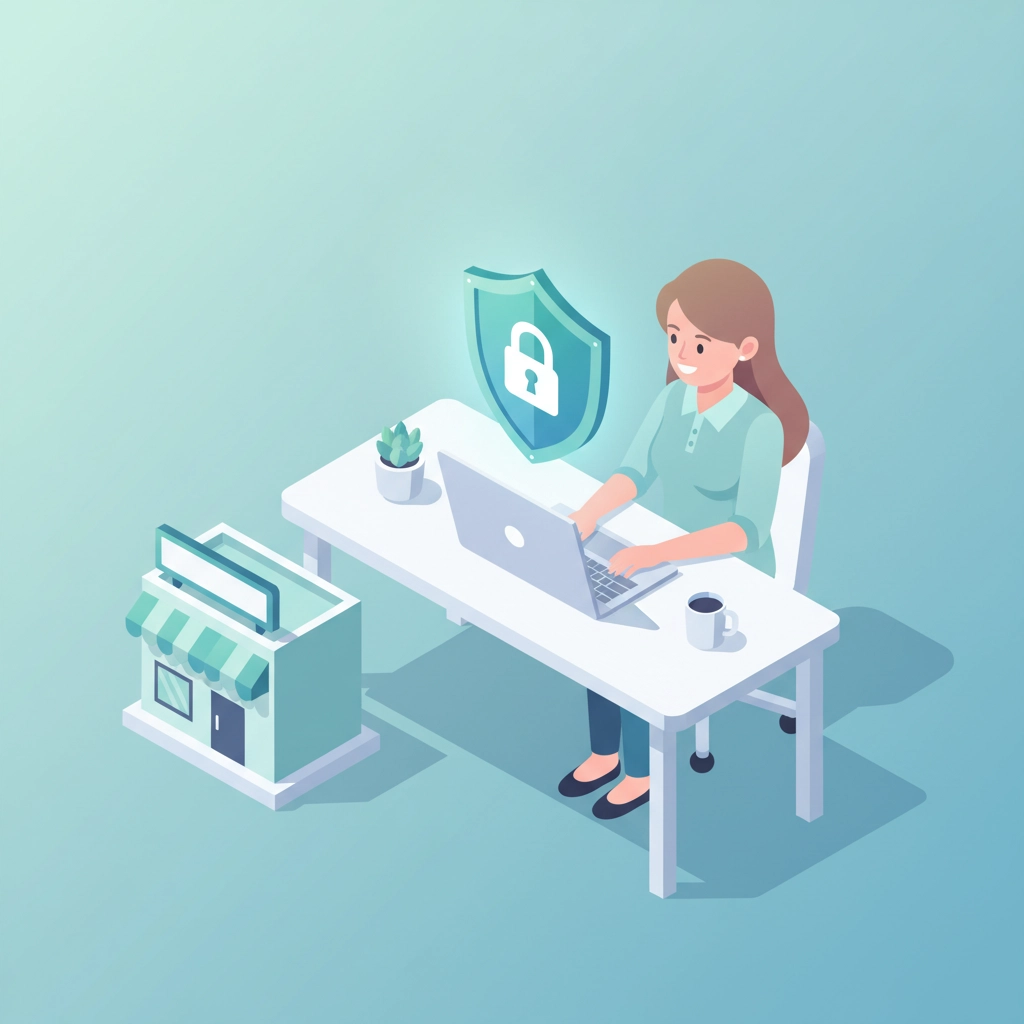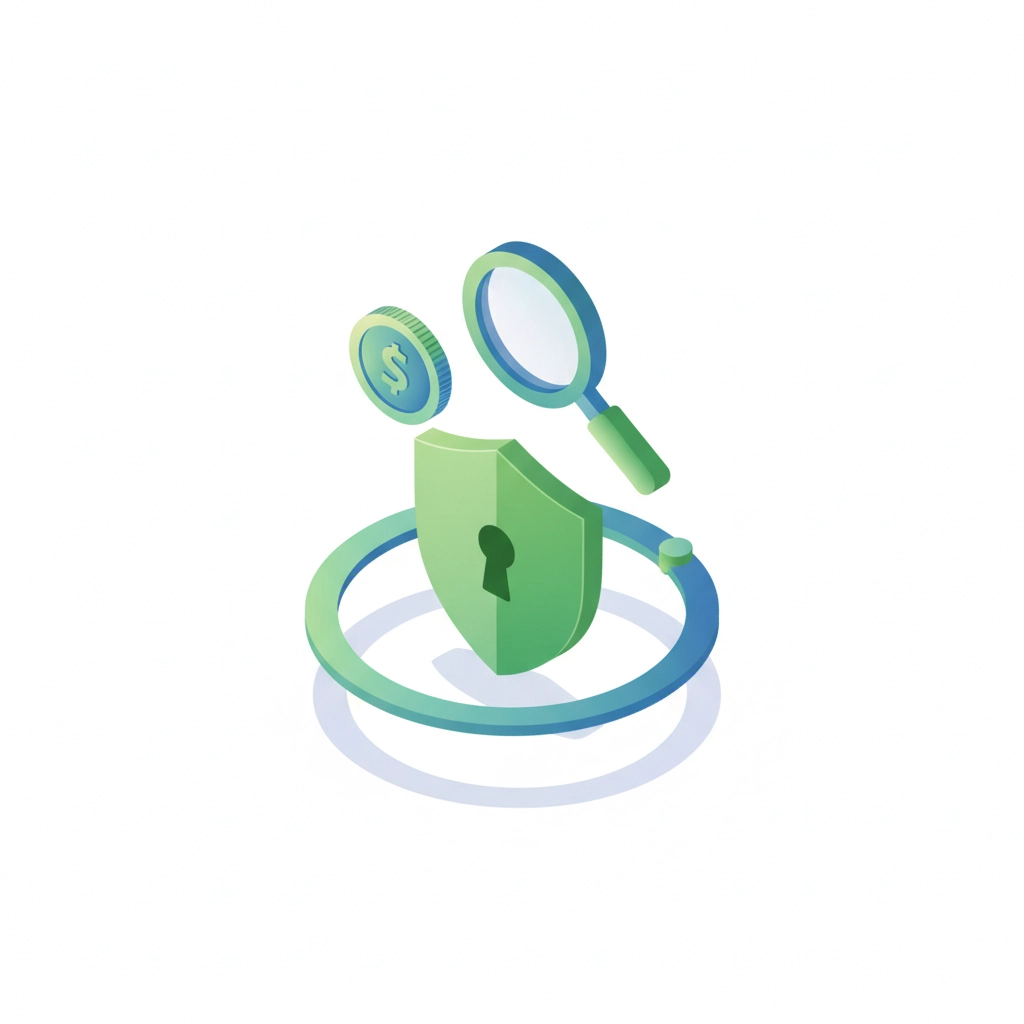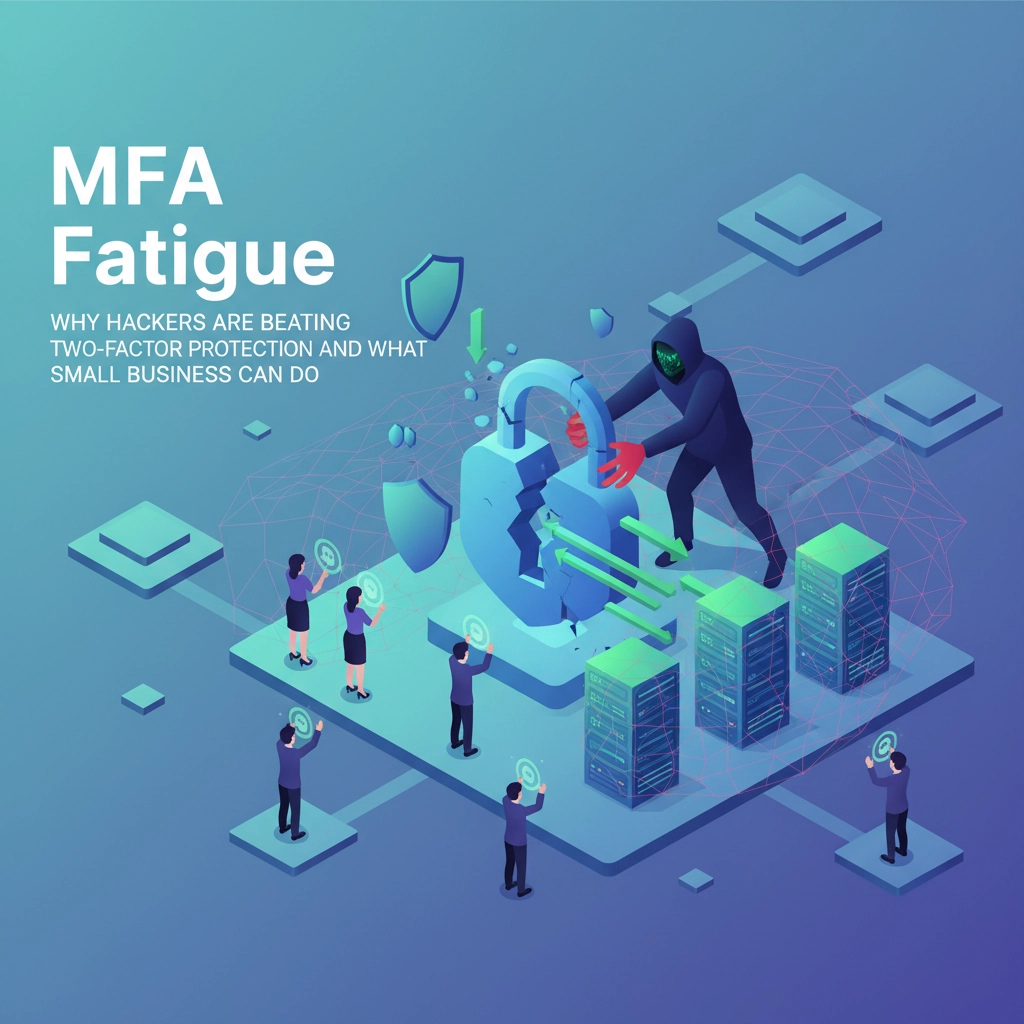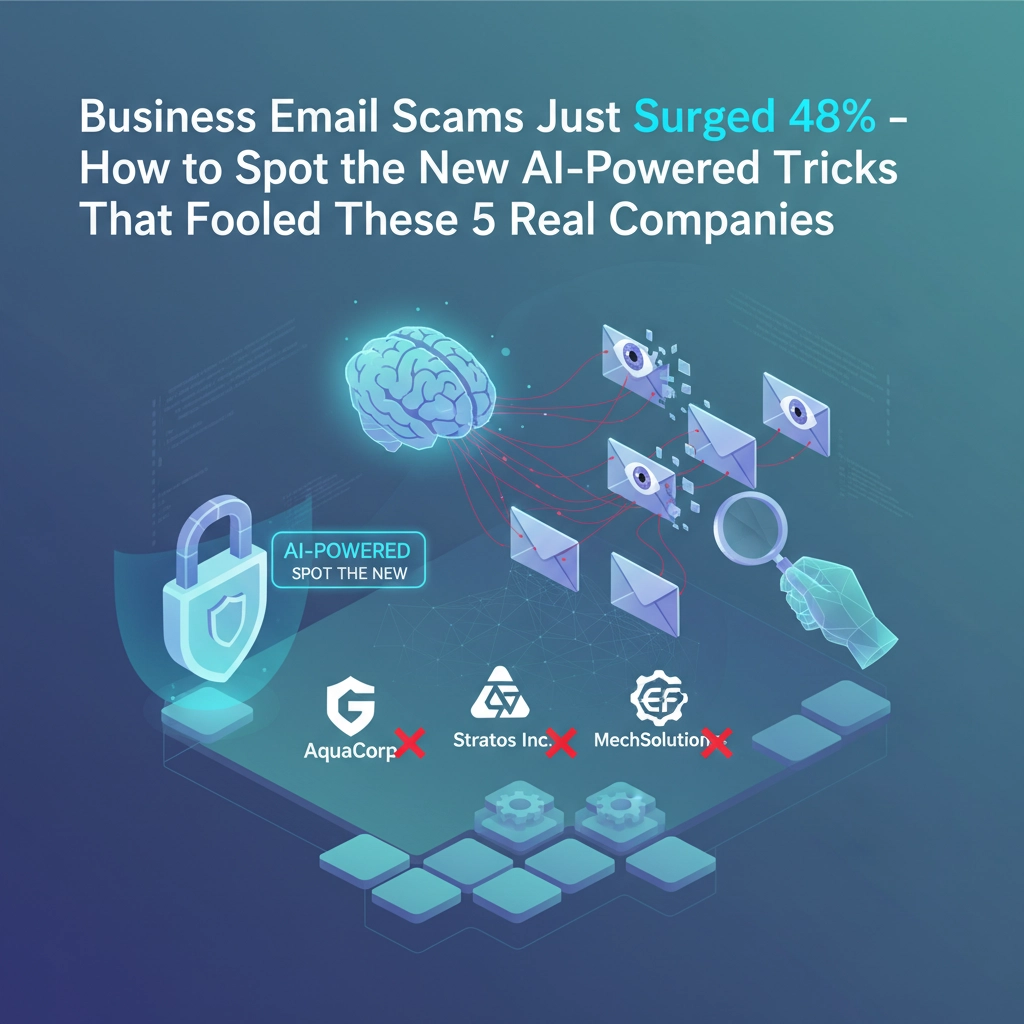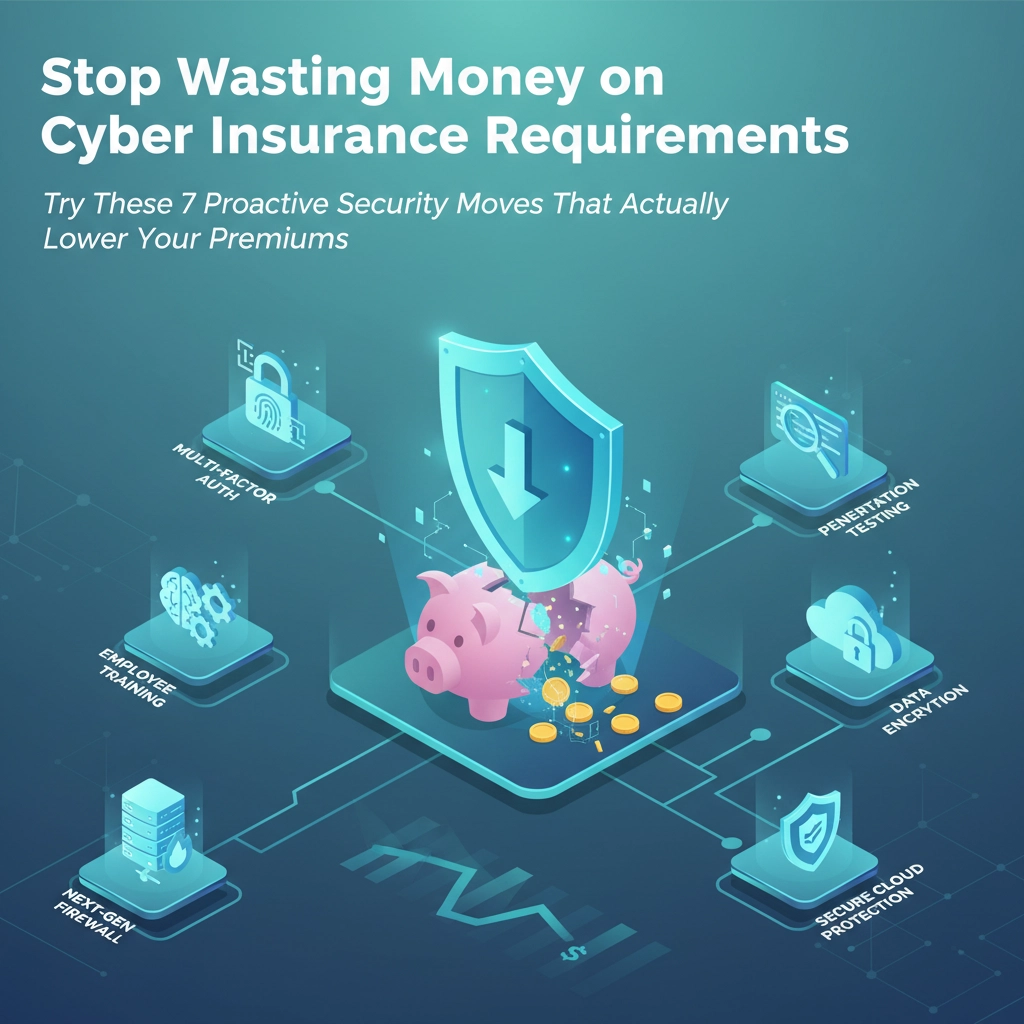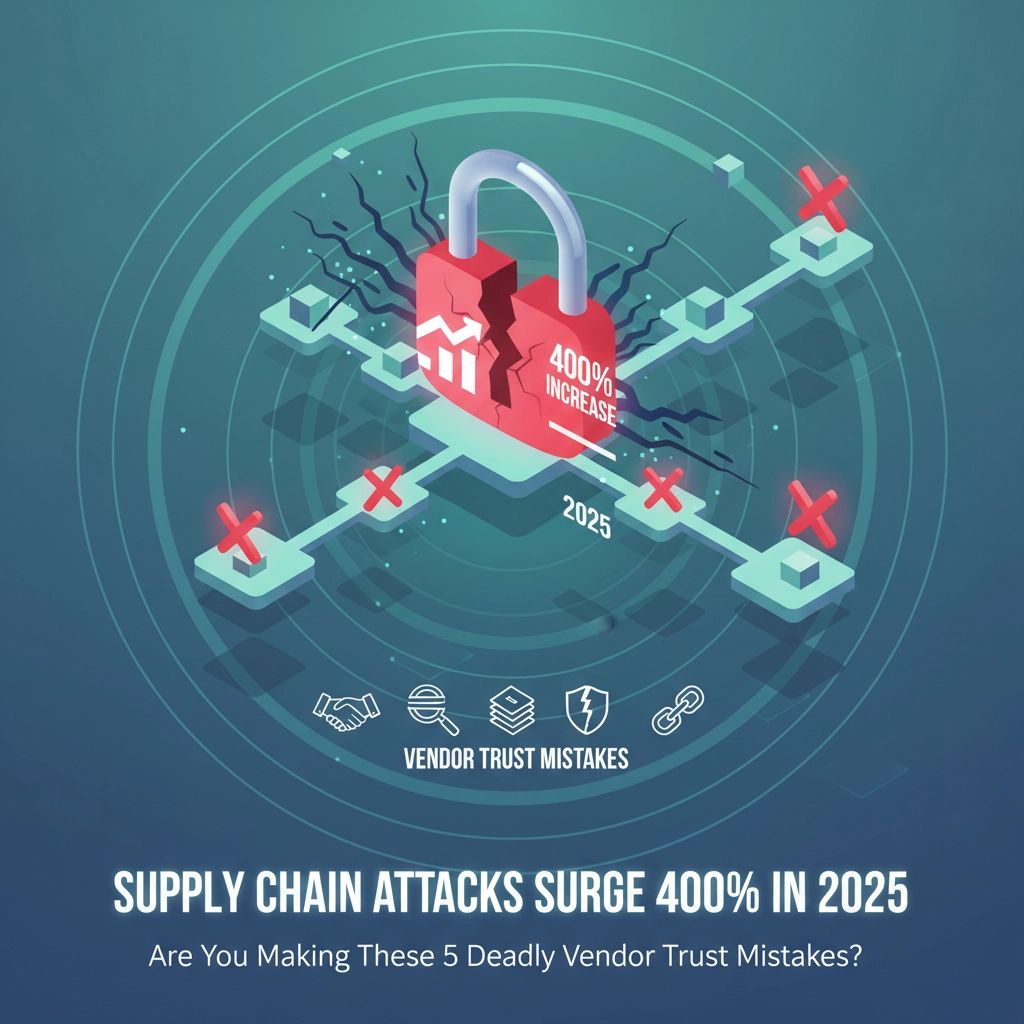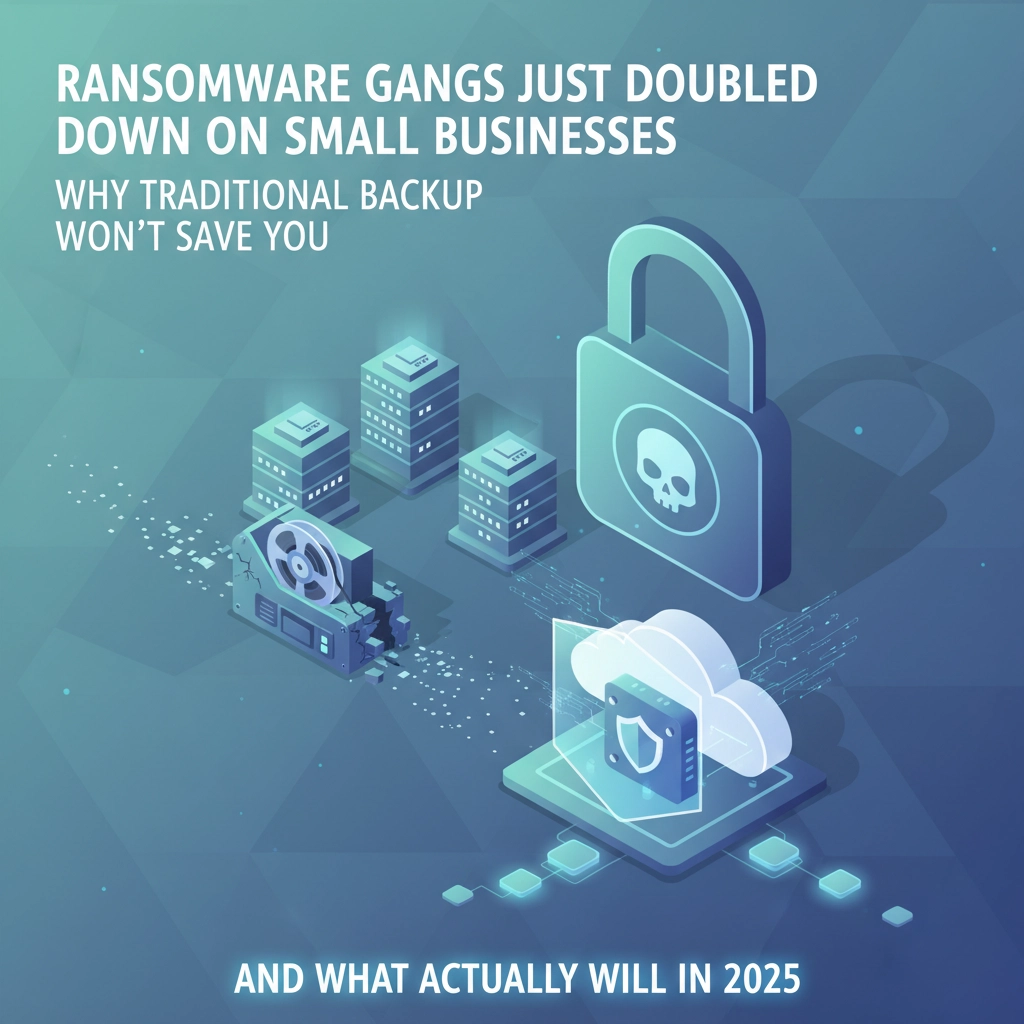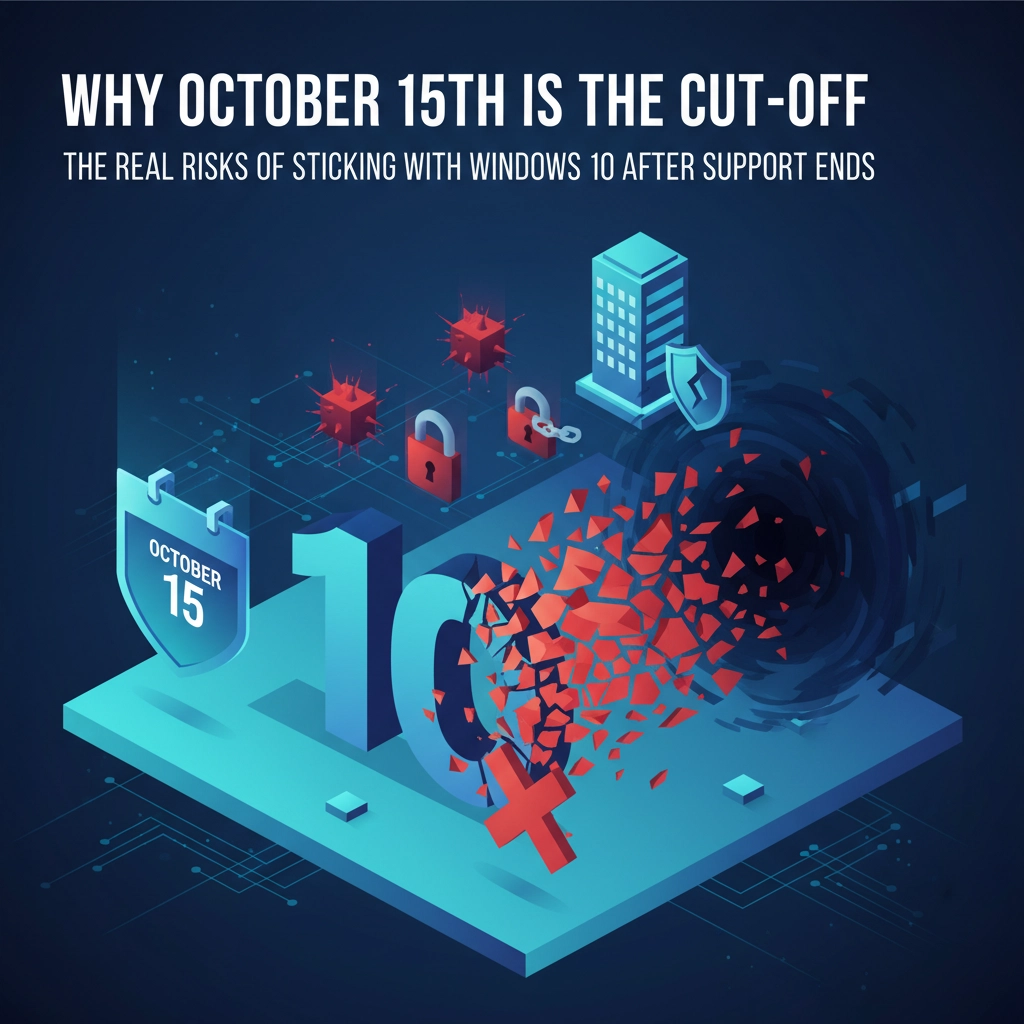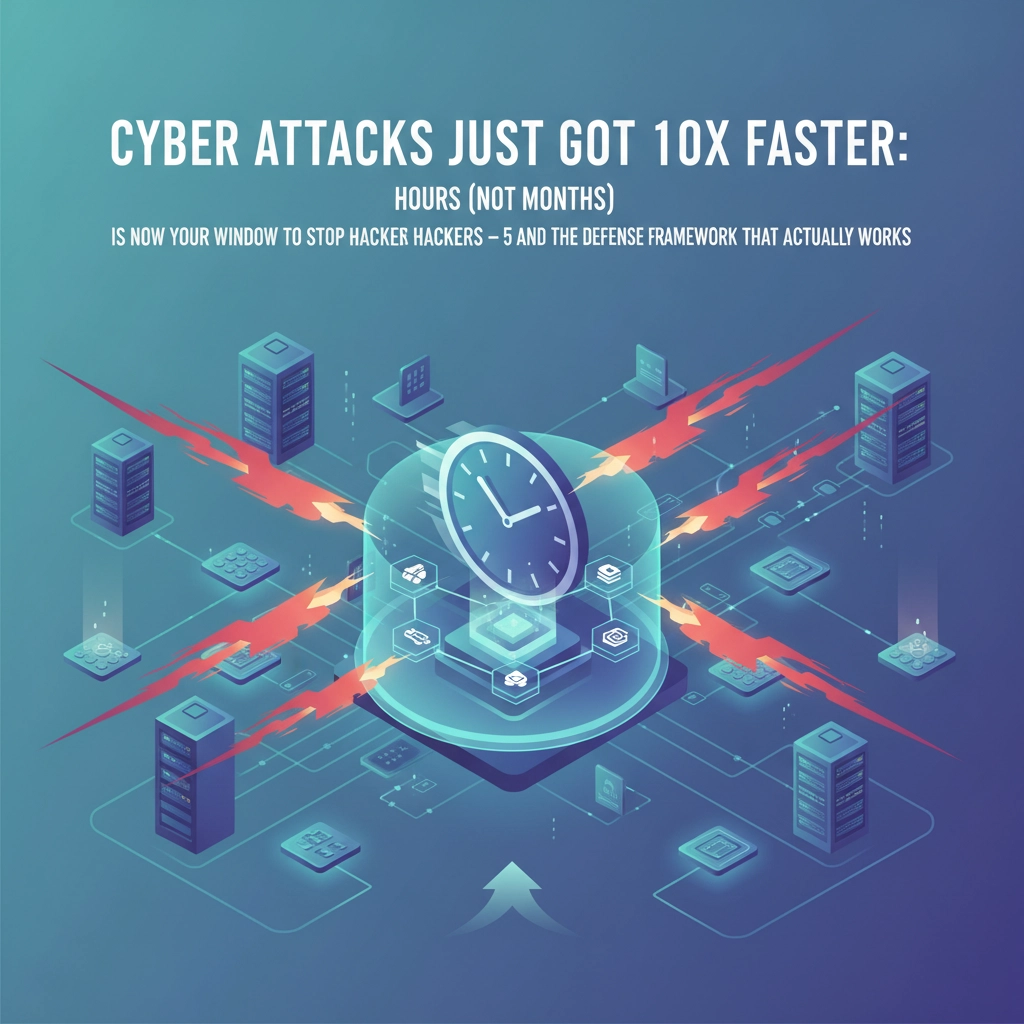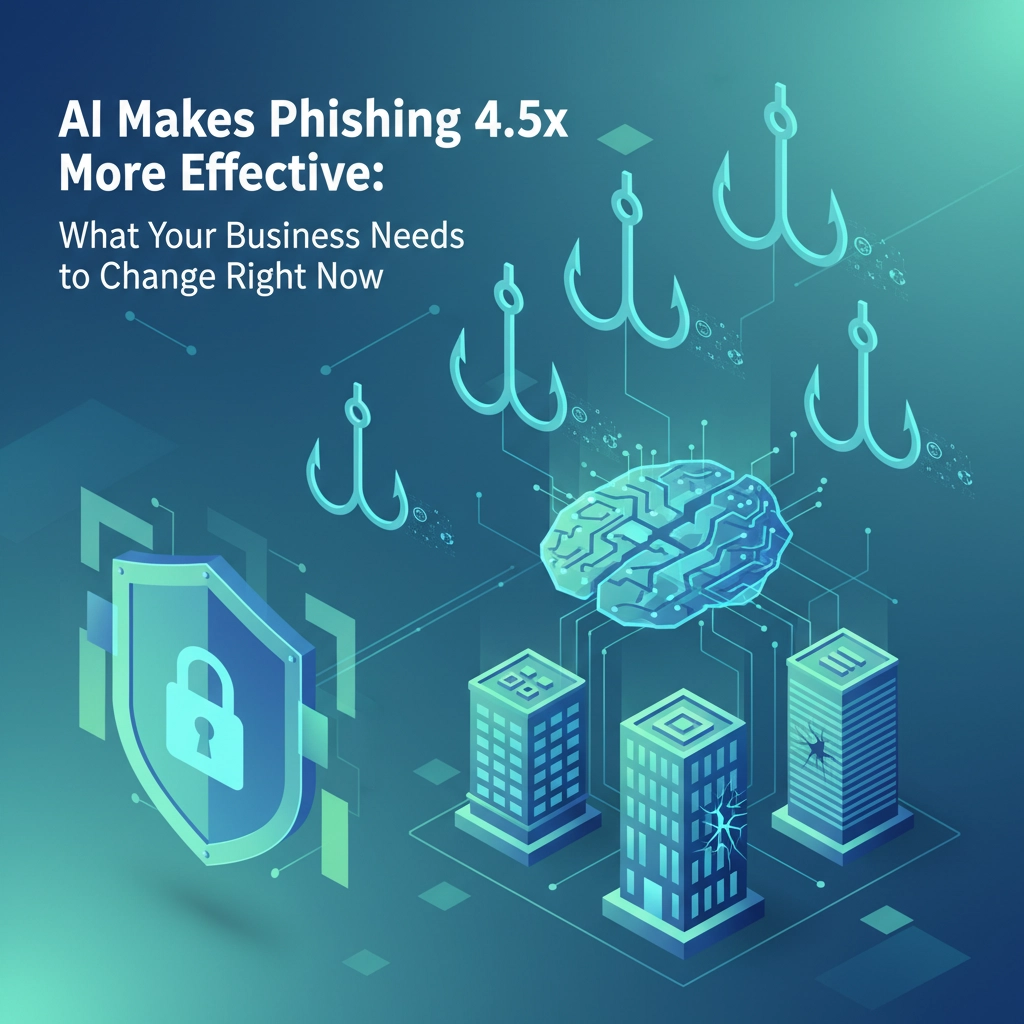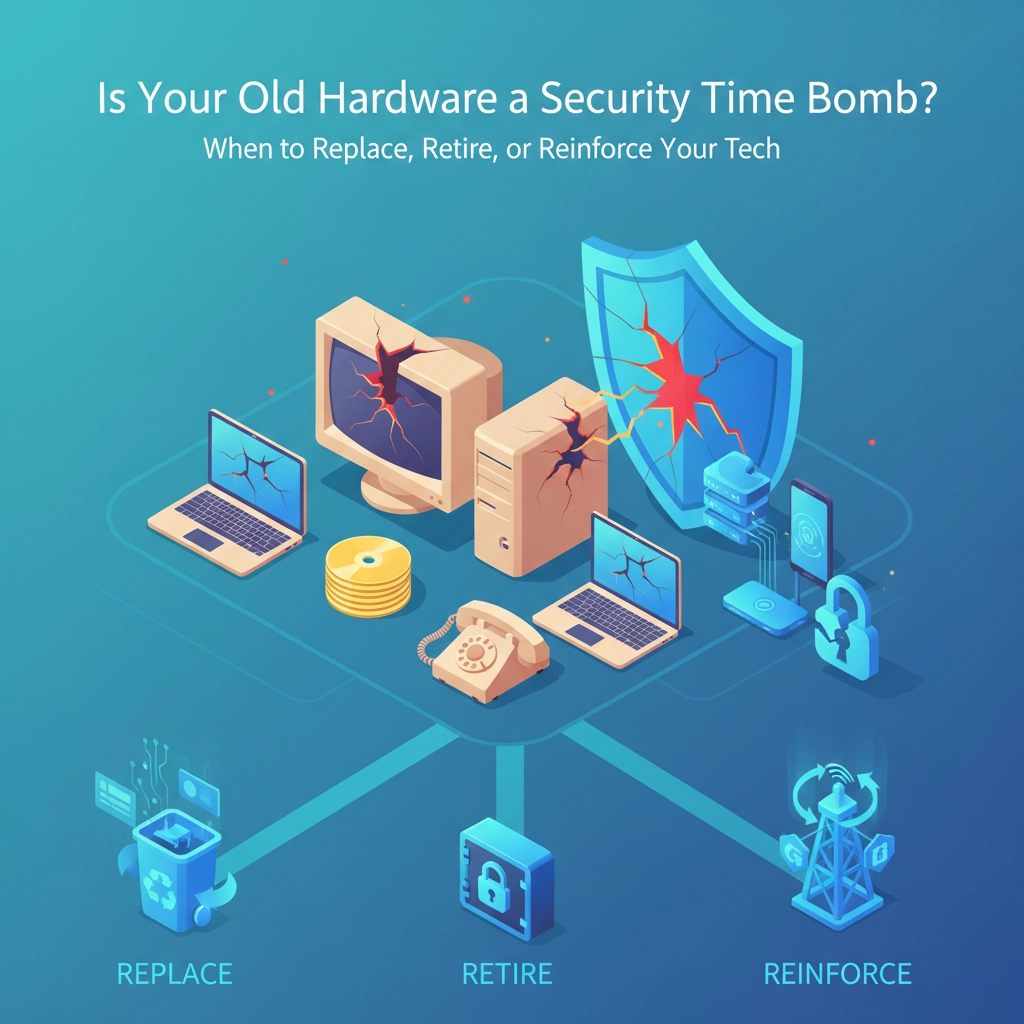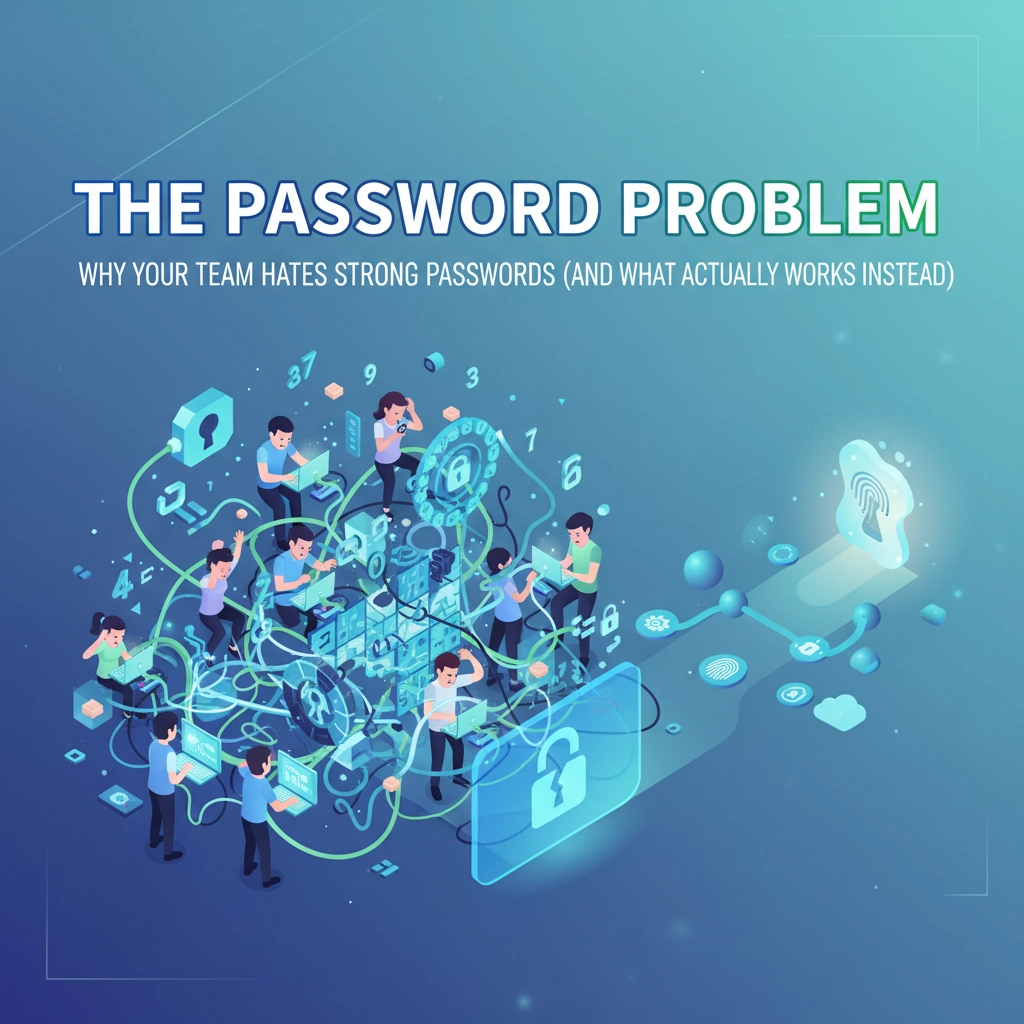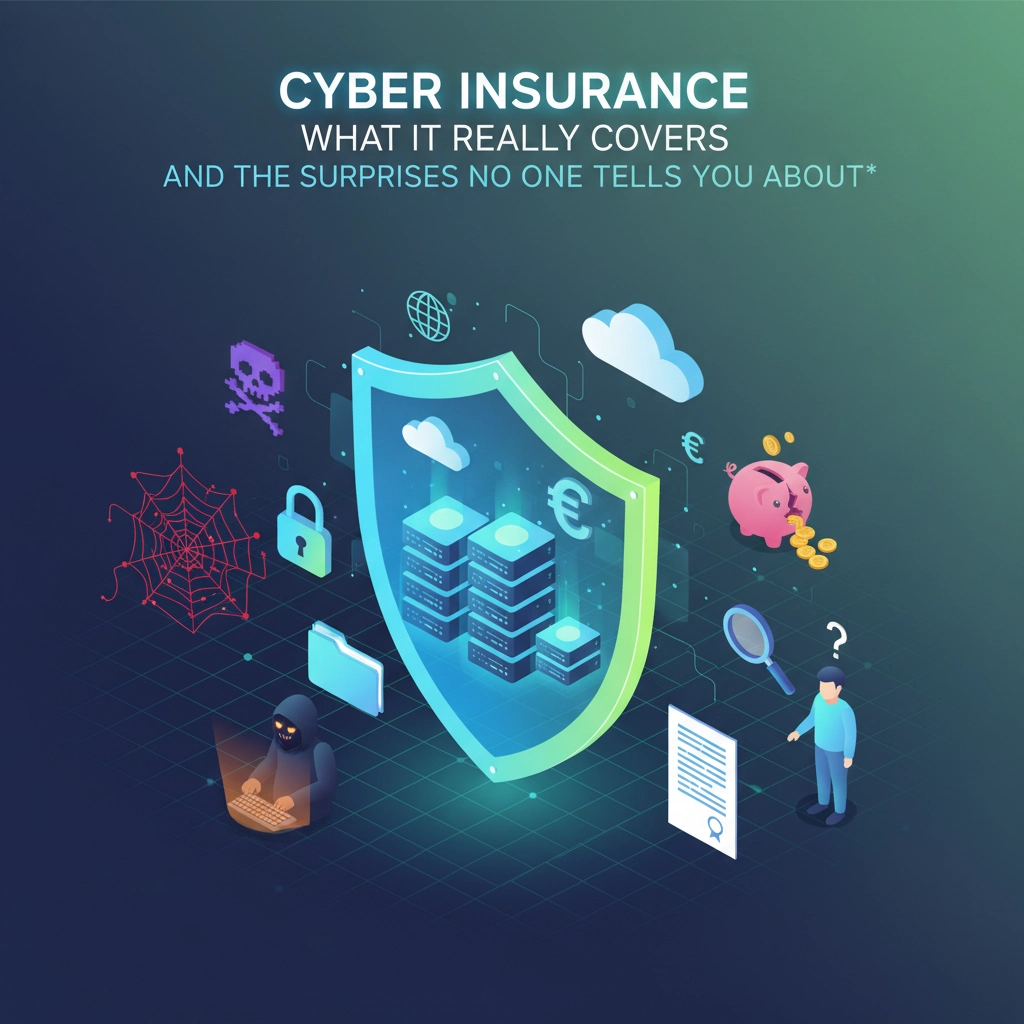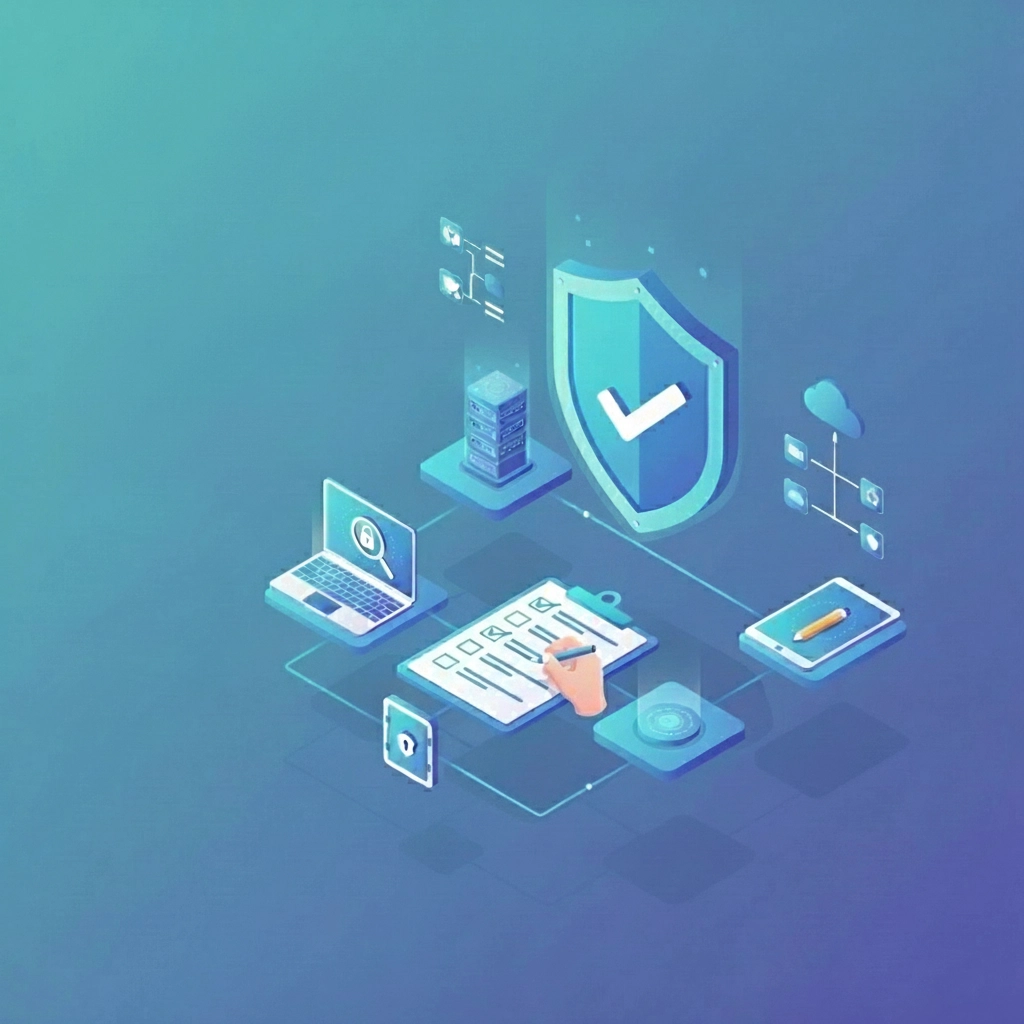Here's a statistic that should keep you up at night: if your business works with third-party vendors, you have a 60% chance of experiencing a data breach this year. That's compared to just 41% for companies that keep everything in-house.
Still think that cloud storage provider, payroll service, or marketing automation tool is making your life easier without any downside? Think again.
The reality is stark: over 60% of data breaches now involve third-party vendors. Your business might have bulletproof security, but if your vendors don't, you're essentially leaving your front door wide open while installing titanium locks on your windows.
The Hidden Reality of Vendor Risk
Let's get real about what's happening here. The average business today works with about 5,800 third-party vendors. That's not a typo. From your email provider to your payment processor, from your website hosting to your HR software: each one of these relationships extends your security perimeter beyond your control.
Every time you hand over data to a vendor, you're essentially saying, "I trust your security as much as my own." But here's the kicker: most business owners never actually verify that trust.

Think about the Change Healthcare breach that rocked the healthcare industry. One compromised vendor brought down systems across thousands of healthcare providers, affecting millions of patients. The ripple effect was massive, and it all started with a single vendor vulnerability.
The Most Dangerous Security Gaps You're Probably Ignoring
After analyzing thousands of vendor relationships, security experts consistently find the same vulnerabilities popping up again and again. Here are the big ones that should have you asking hard questions about your current vendors:
Unprotected Web Assets
Your vendors are storing your customer data, financial information, and business secrets somewhere. Is it behind proper firewalls? Is it encrypted? Many vendors store sensitive data in web-accessible locations with minimal protection. If you can't get a straight answer about how your data is protected, that's your first red flag.
Data Encryption Gaps
Data needs protection in two states: when it's sitting in storage (at rest) and when it's moving between systems (in transit). Your vendor might encrypt one but not the other. Both are essential. This isn't optional: it's basic security hygiene.
Weak Cloud Security
As everyone moves to the cloud, vendor security architecture becomes critical. Poor firewall configurations, weak intrusion detection systems, and inadequate VPNs create multiple attack vectors. If your vendor can't explain their virtualized security setup in plain English, be worried.
Poor Access Controls
Who at your vendor's company can access your data? How are they vetted? What happens when employees leave? Weak user credential management and poor access controls are like giving your house keys to strangers.

The Transparency Problem
This might be the scariest gap of all: vendors who won't clearly explain how they handle your data or, worse, who delay reporting when breaches happen. Without transparency, you can't assess risk or respond to incidents effectively.
It's Not Just About Cybersecurity
Vendor risk goes way beyond hackers and data breaches. Here are the other ways your partners can become your biggest problem:
Financial Risk: What happens if your critical vendor goes bankrupt? Their financial instability becomes your operational crisis. Always check credit ratings and financial health before signing contracts.
Compliance Risk: If your vendor operates unethically or fails compliance standards, you get dragged down with them. In healthcare, a vendor's HIPAA violation can result in fines for your business too.
Reputational Risk: When your vendor gets breached, your customers don't blame them: they blame you. Remember the Okta incident? Their breach didn't just affect security; it hammered their stock price and customer trust.
A Practical 5-Step Vendor Risk Assessment
Here's how to actually protect yourself without becoming a cybersecurity expert:
Step 1: Categorize Your Vendors by Risk Level
Make a list of all your vendors and rank them by how much damage they could do if compromised. Your payroll provider and email service are high-risk. Your office supplies vendor? Low risk. Focus your energy accordingly.
Step 2: Ask the Right Questions
Don't accept vague answers about security. Ask for specific certifications (SOC 2, ISO 27001, GDPR compliance certificates). Request their incident response plan. If they can't produce these, walk away.
Step 3: Read the Fine Print
Who's liable if they get breached? What are their notification requirements? Can you audit their security practices? These details matter more than the price.
Step 4: Monitor Continuously
Set up Google alerts for your critical vendors. Subscribe to security newsletters. Vendor risk isn't a one-time assessment: it's ongoing.
Step 5: Plan for the Worst
Have a backup plan for each critical vendor. What happens if they go offline tomorrow? How quickly can you switch providers? This planning prevents panic decisions during actual crises.

Your Vendor Risk Checklist
Print this out and use it for every new vendor relationship:
Before Signing:
- Vendor provides current SOC 2 or ISO 27001 certification
- Data encryption confirmed for both storage and transmission
- Incident response plan documented and shared
- Financial stability verified (credit rating, years in business)
- References from similar businesses obtained and contacted
- Contract includes specific security requirements and liability terms
- Data location and backup procedures documented
Ongoing Monitoring:
- Quarterly security check-ins scheduled
- Google alerts set up for vendor name + "breach" or "security"
- Annual financial health review completed
- Backup vendor identified and contract negotiated
- Employee training completed on vendor-related risks
Red Flags That Mean "Run Away":
- Vague answers about data security
- No formal certifications or compliance documentation
- Unwillingness to discuss security practices
- Contracts that make you liable for their mistakes
- Poor financial ratings or recent layoffs
- History of unreported security incidents
The Bottom Line
Your vendors can either be your secret weapon or your biggest vulnerability. The choice is yours, but it requires intentional action.
The businesses that thrive are the ones that treat vendor selection like hiring decisions: with due diligence, clear expectations, and ongoing performance monitoring. The businesses that fail are the ones that choose vendors based solely on price and convenience.
Don't let a vendor's security failure become your business crisis. The statistics are clear: this isn't a matter of if, but when. The question is whether you'll be prepared.
Ready to audit your vendor relationships but not sure where to start? At B&R Computers, we help businesses identify and mitigate vendor risks before they become expensive problems. Contact us today for a vendor risk assessment that could save your business from becoming another statistic.
Your security is only as strong as your weakest link. Make sure that link isn't a vendor you never properly vetted.

